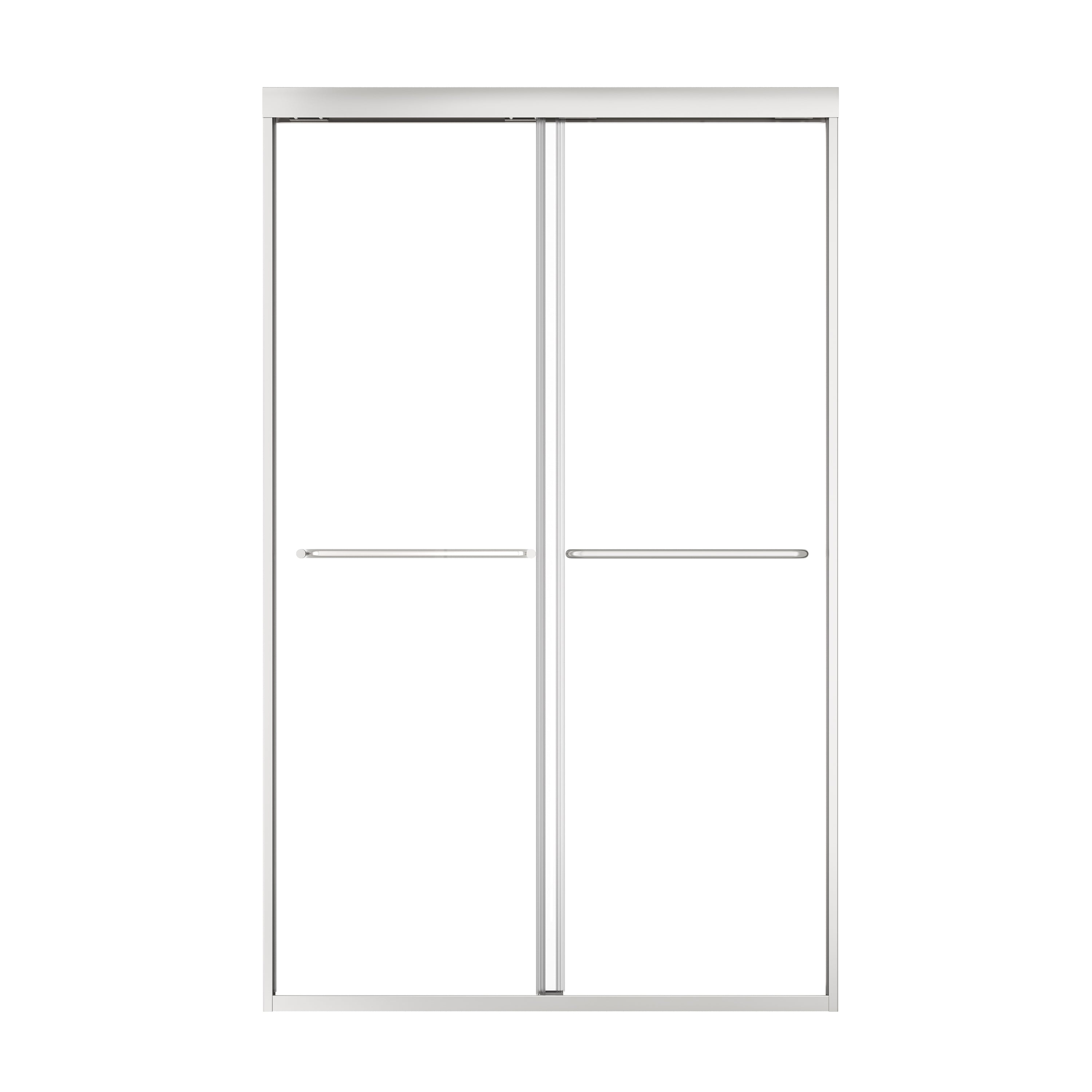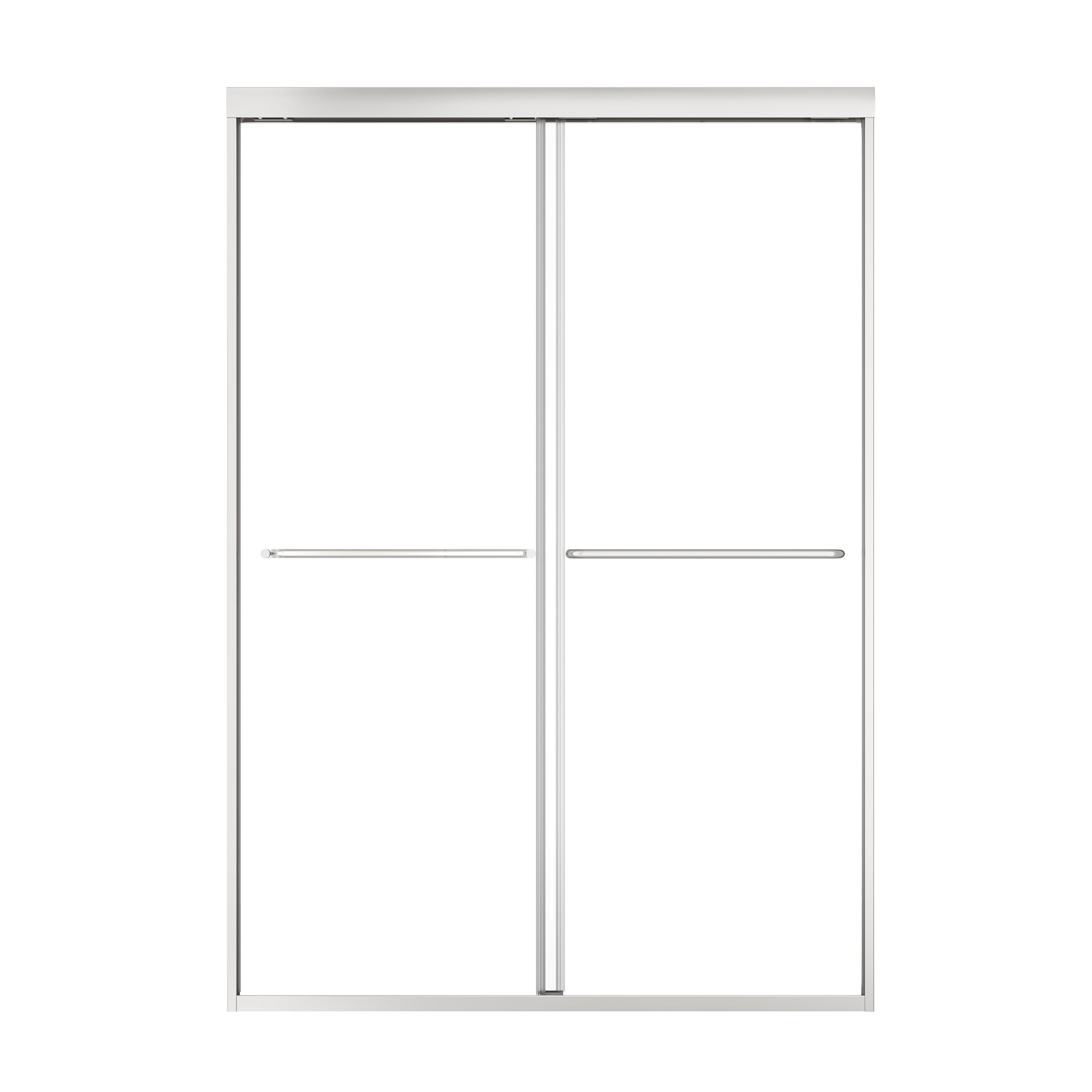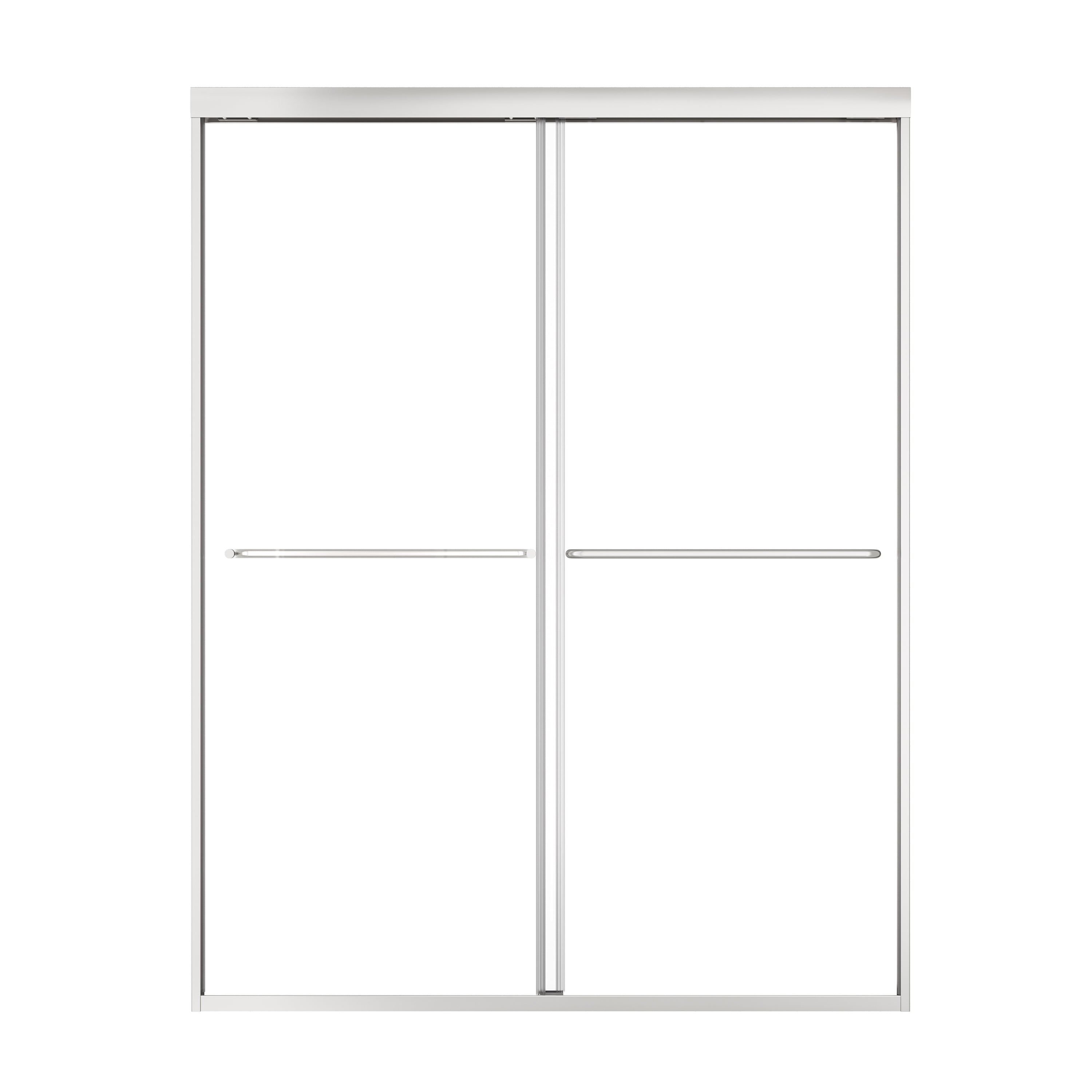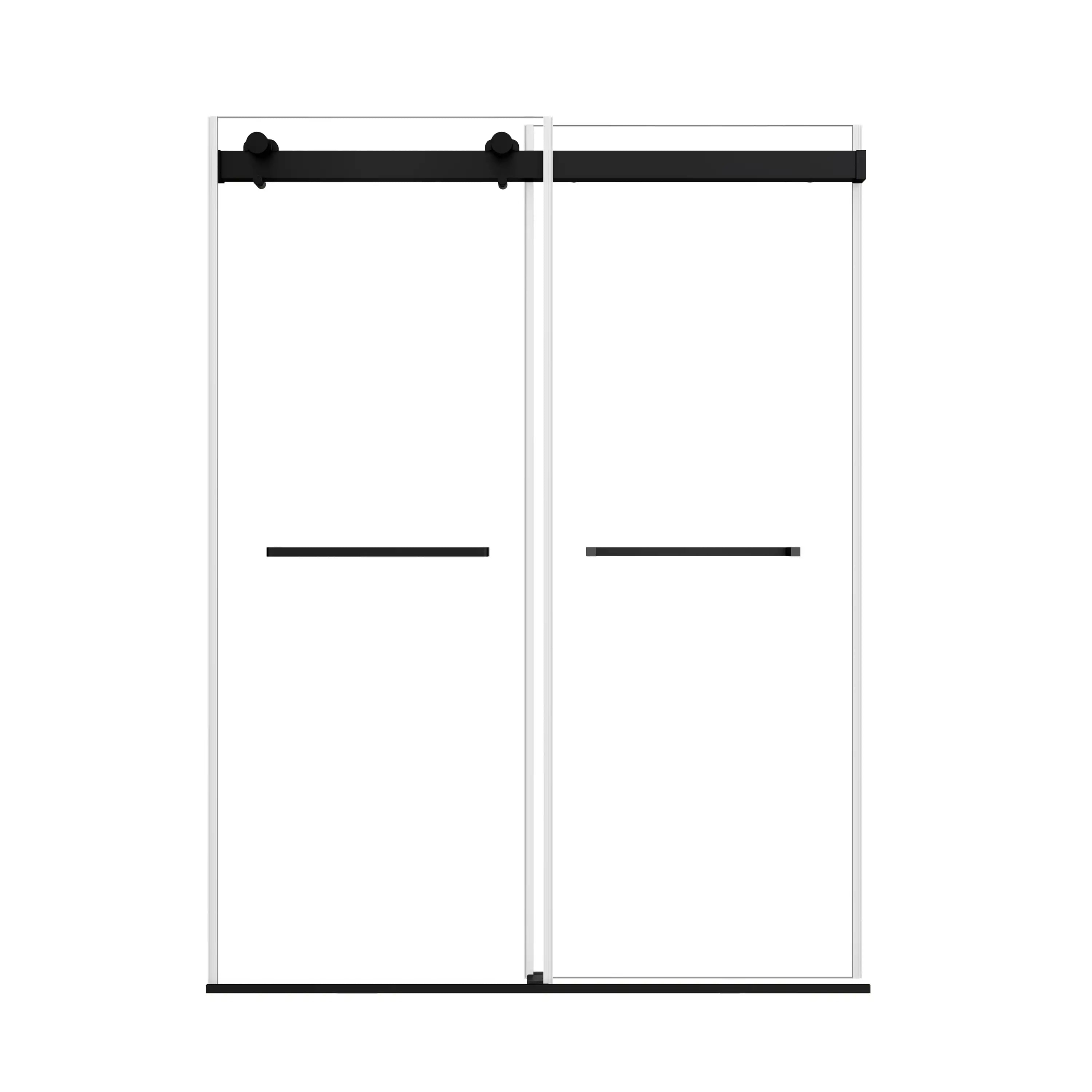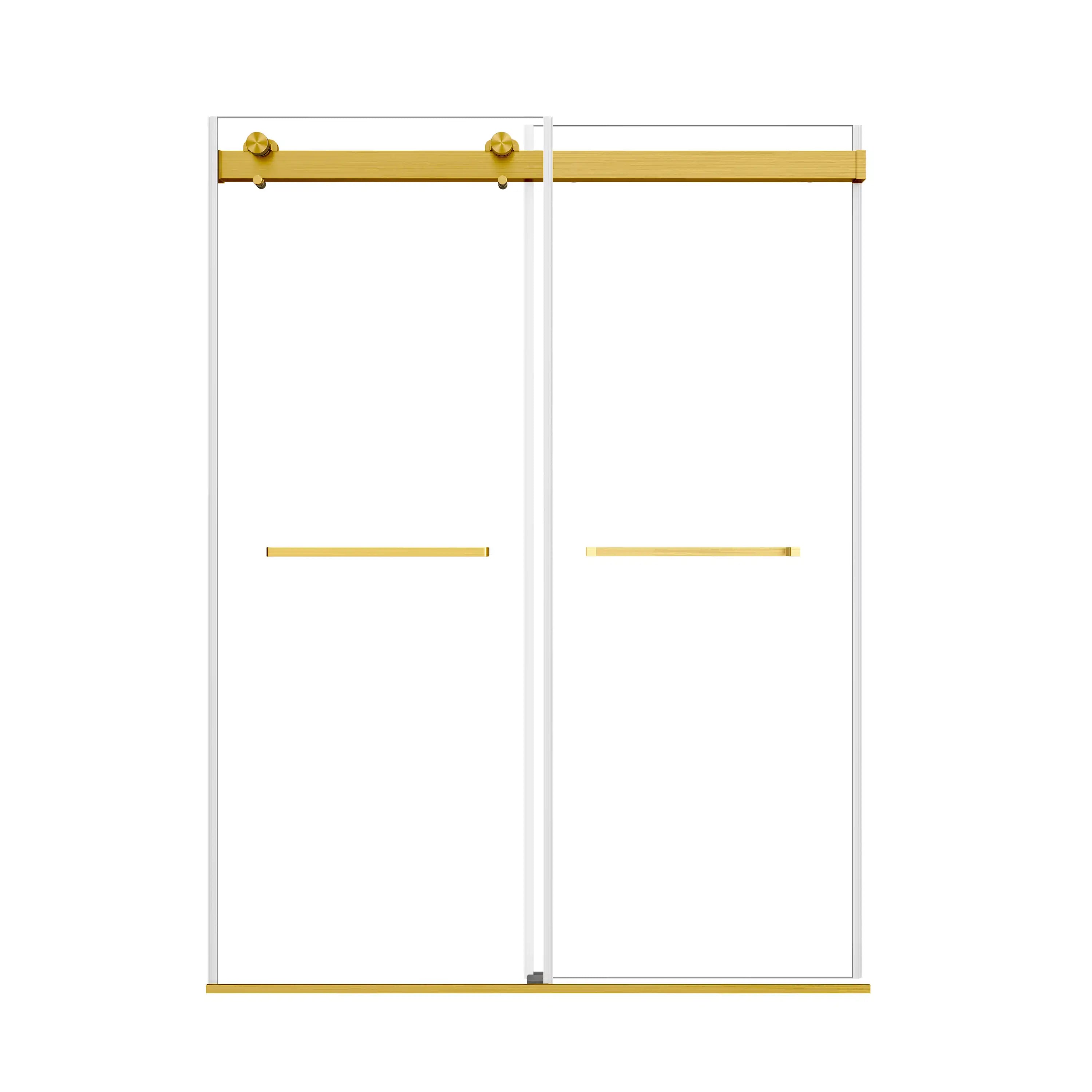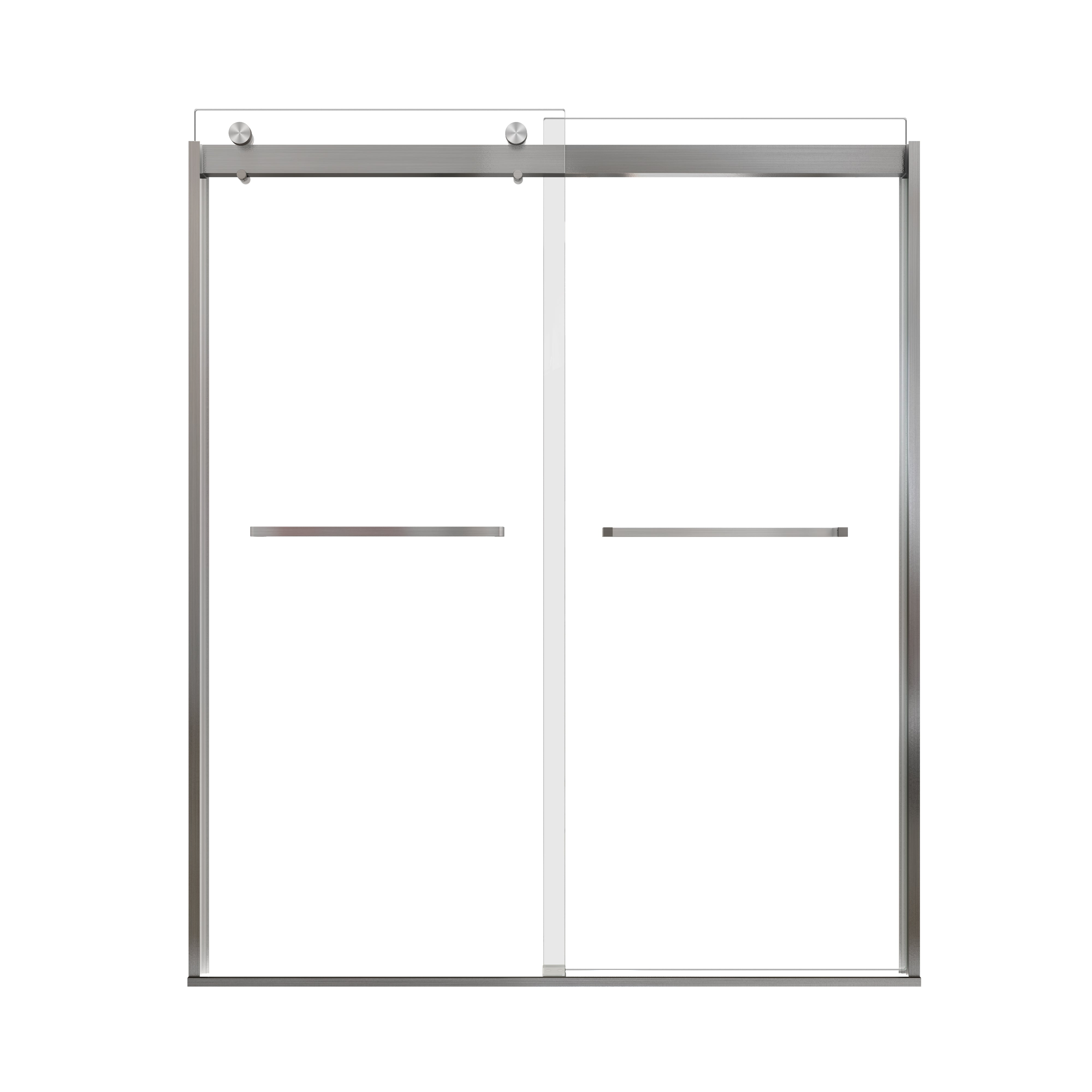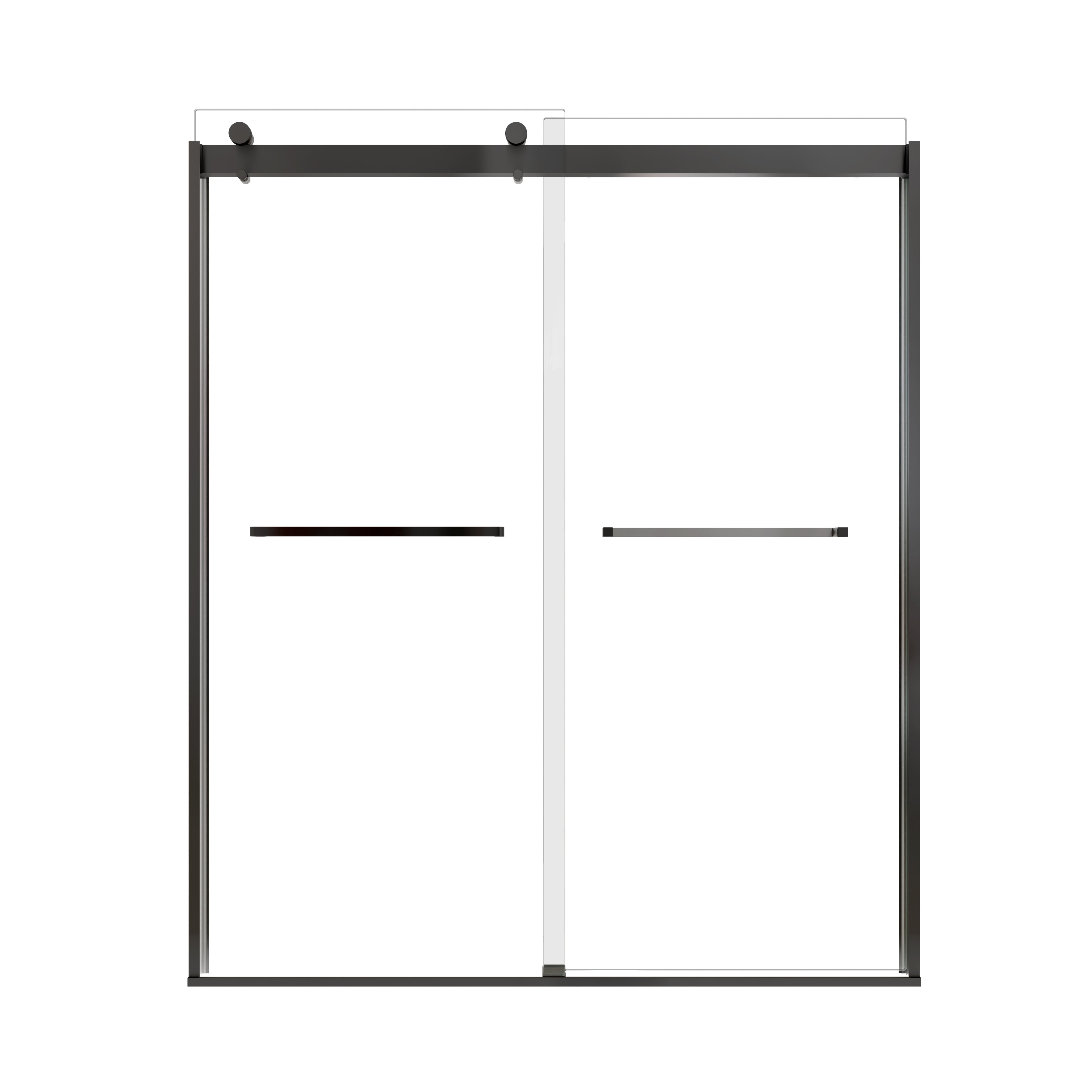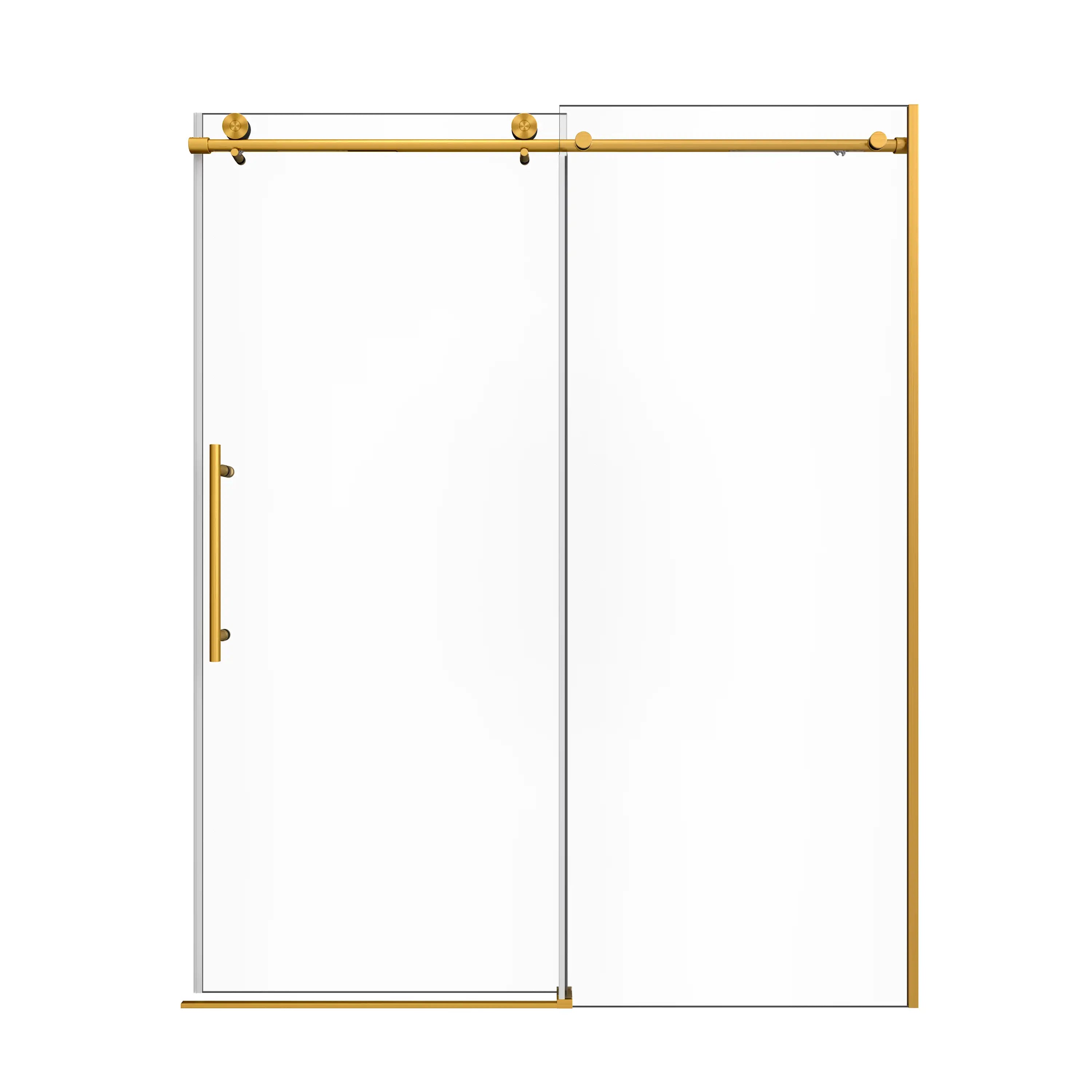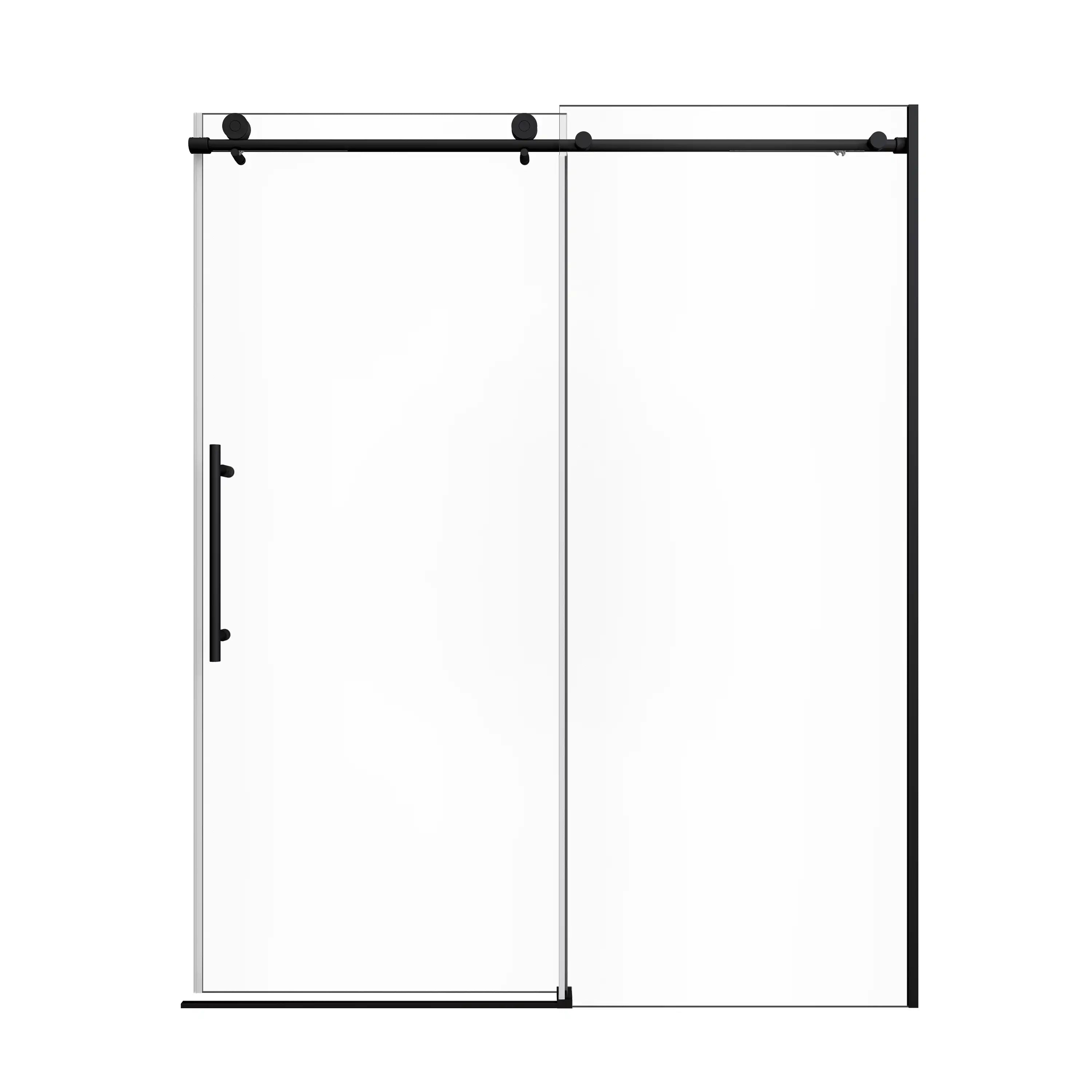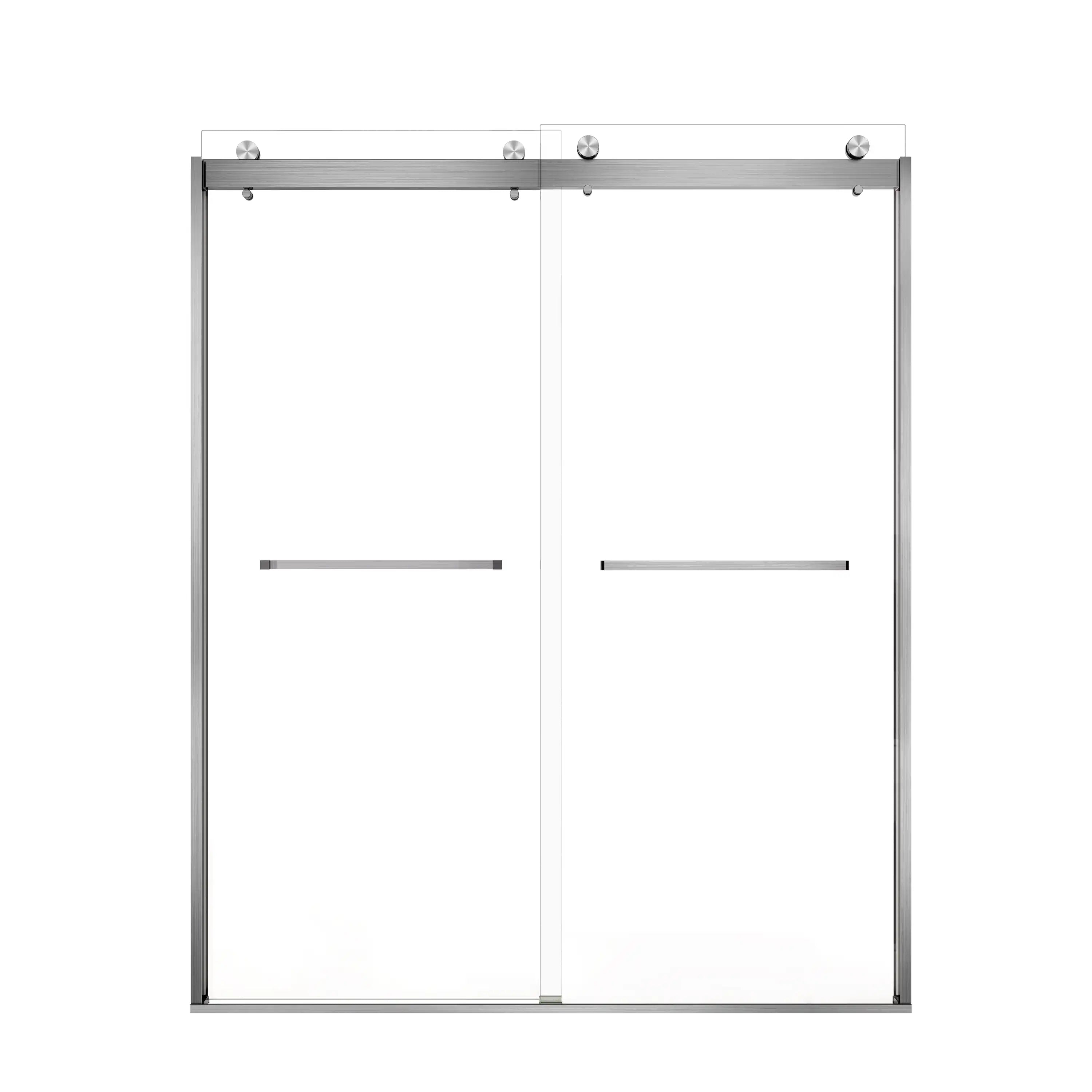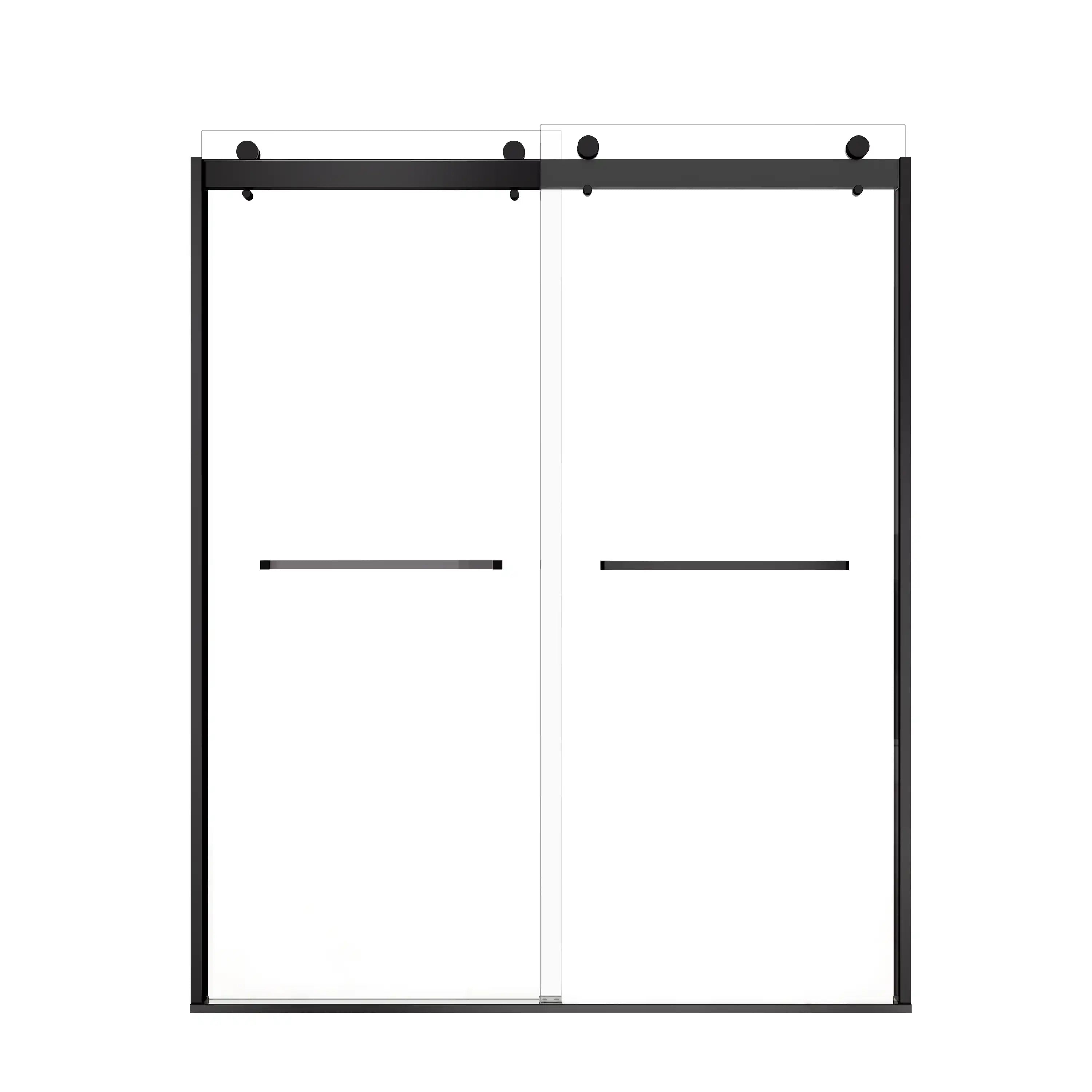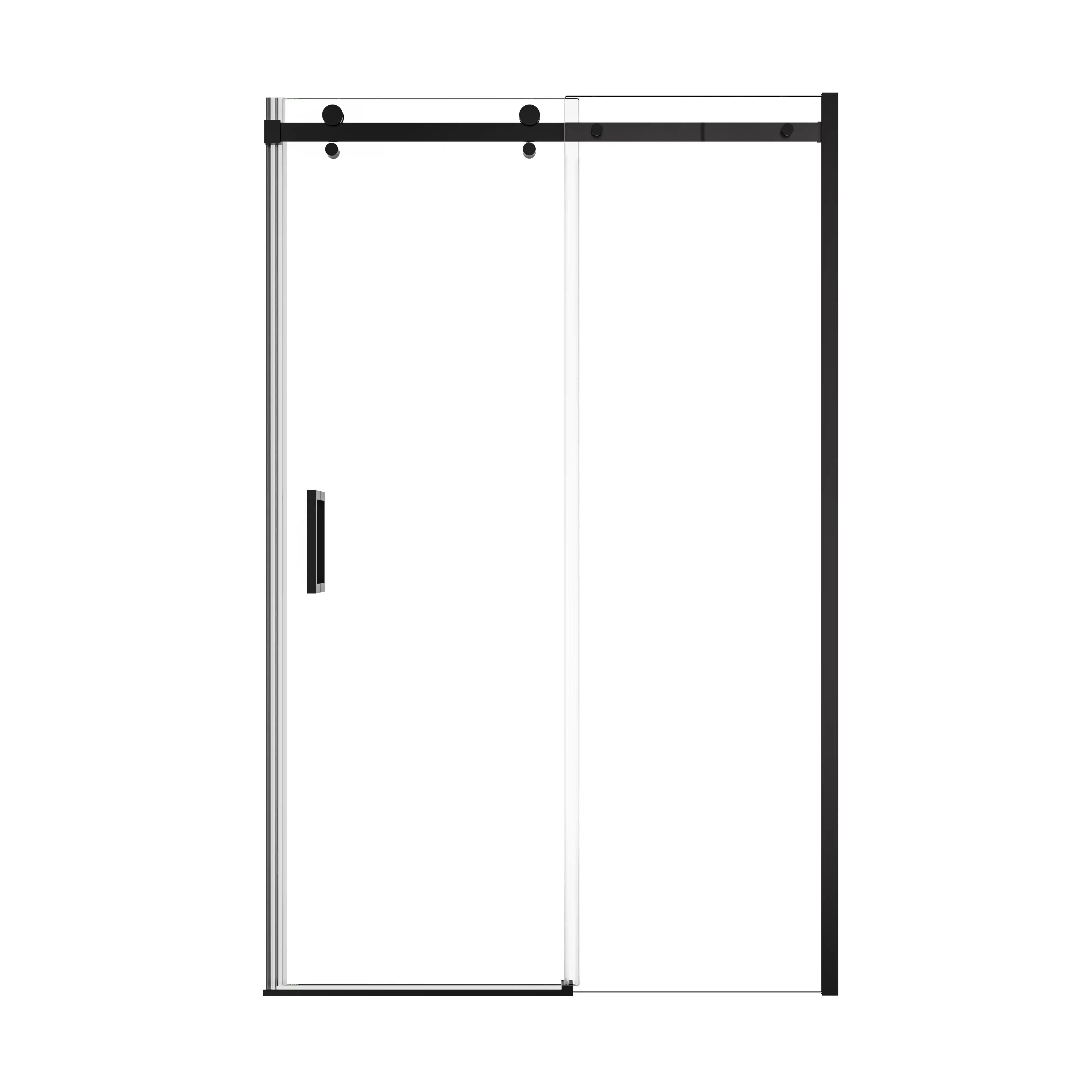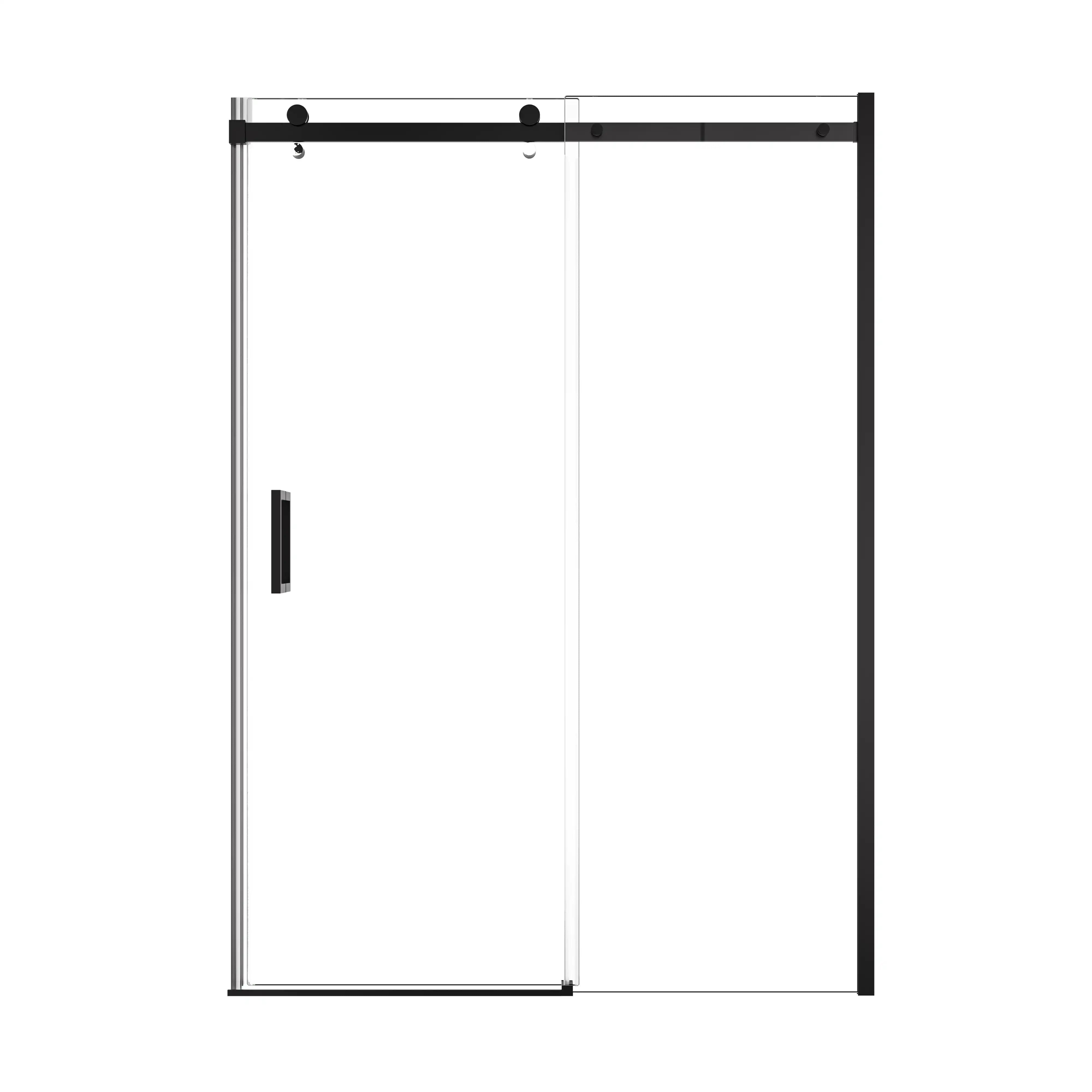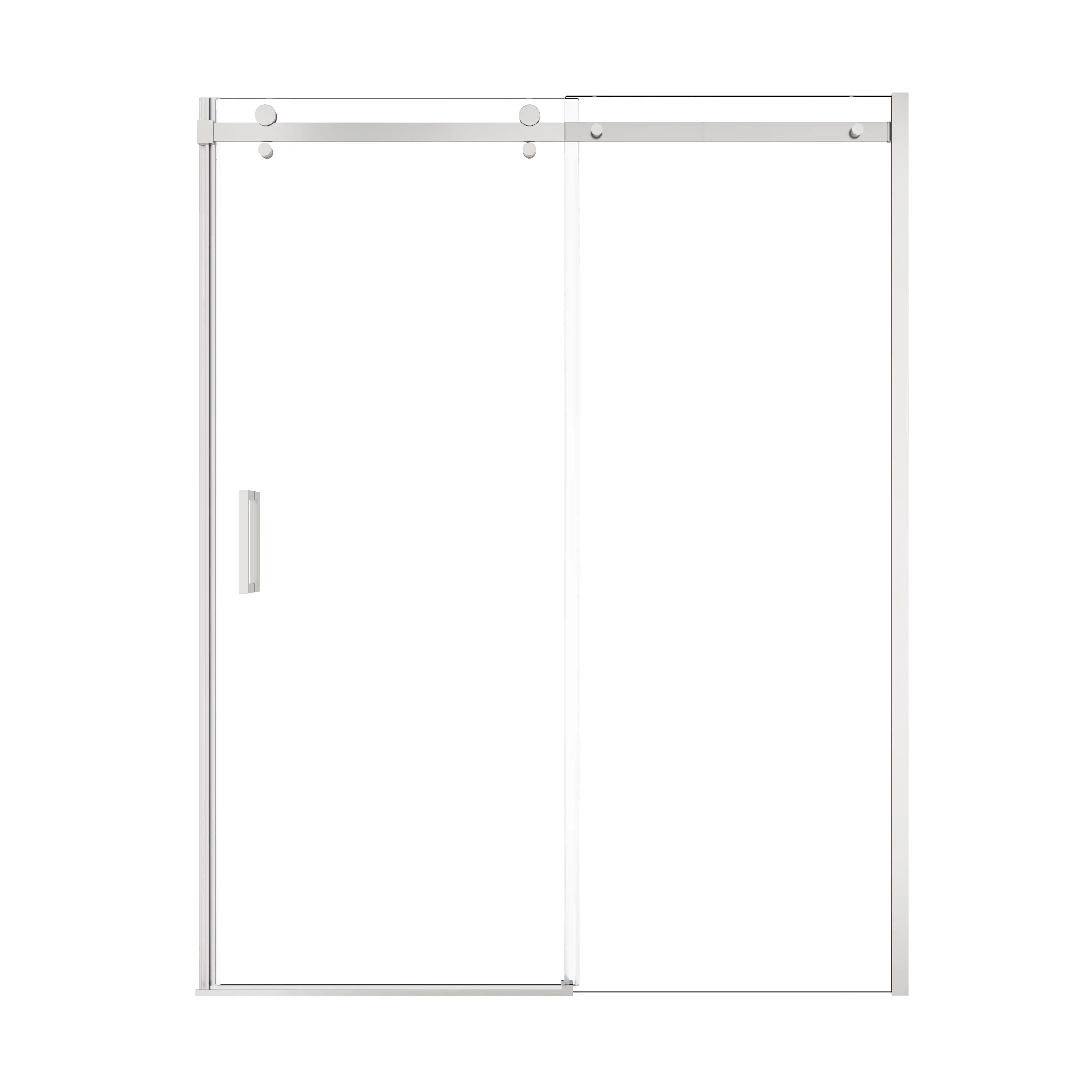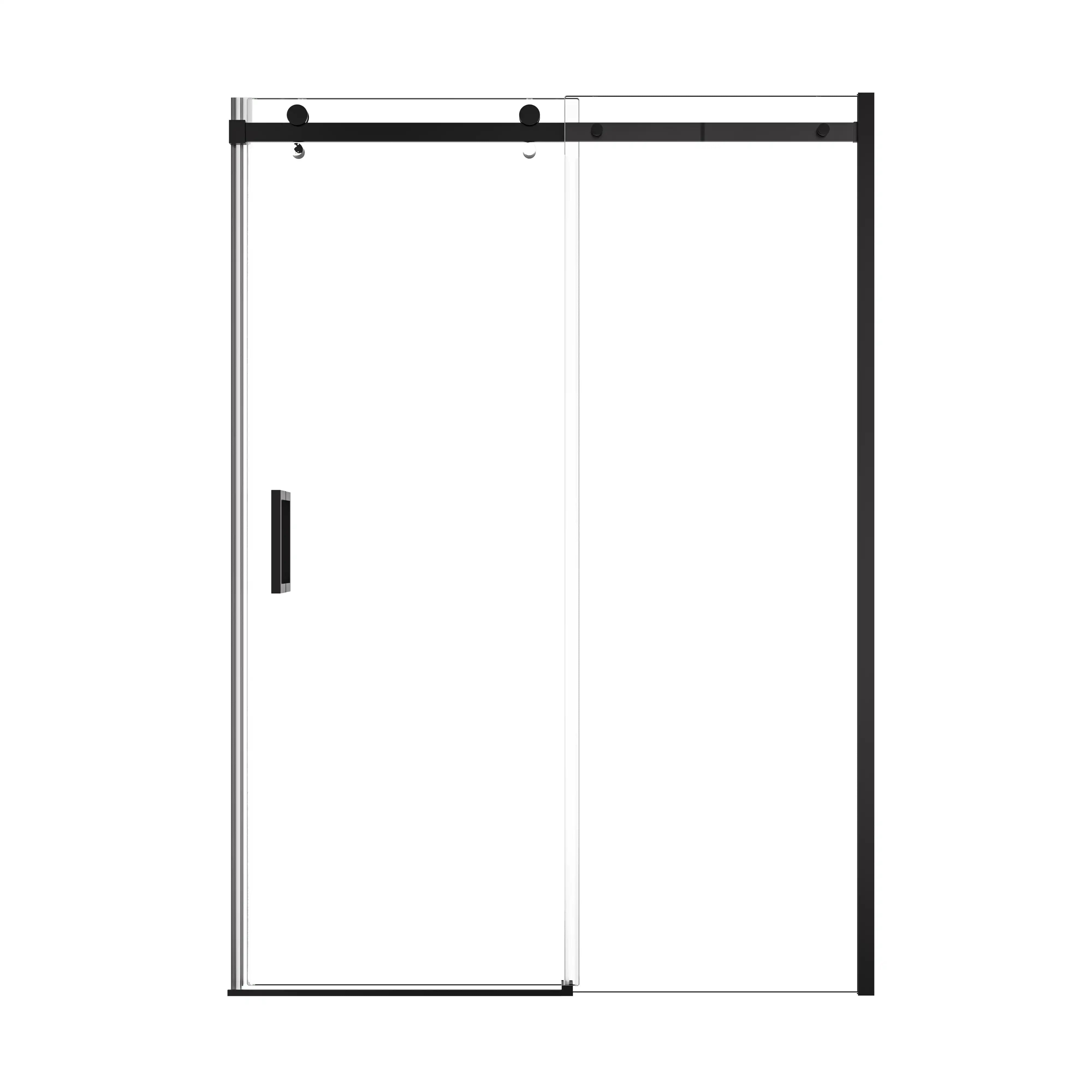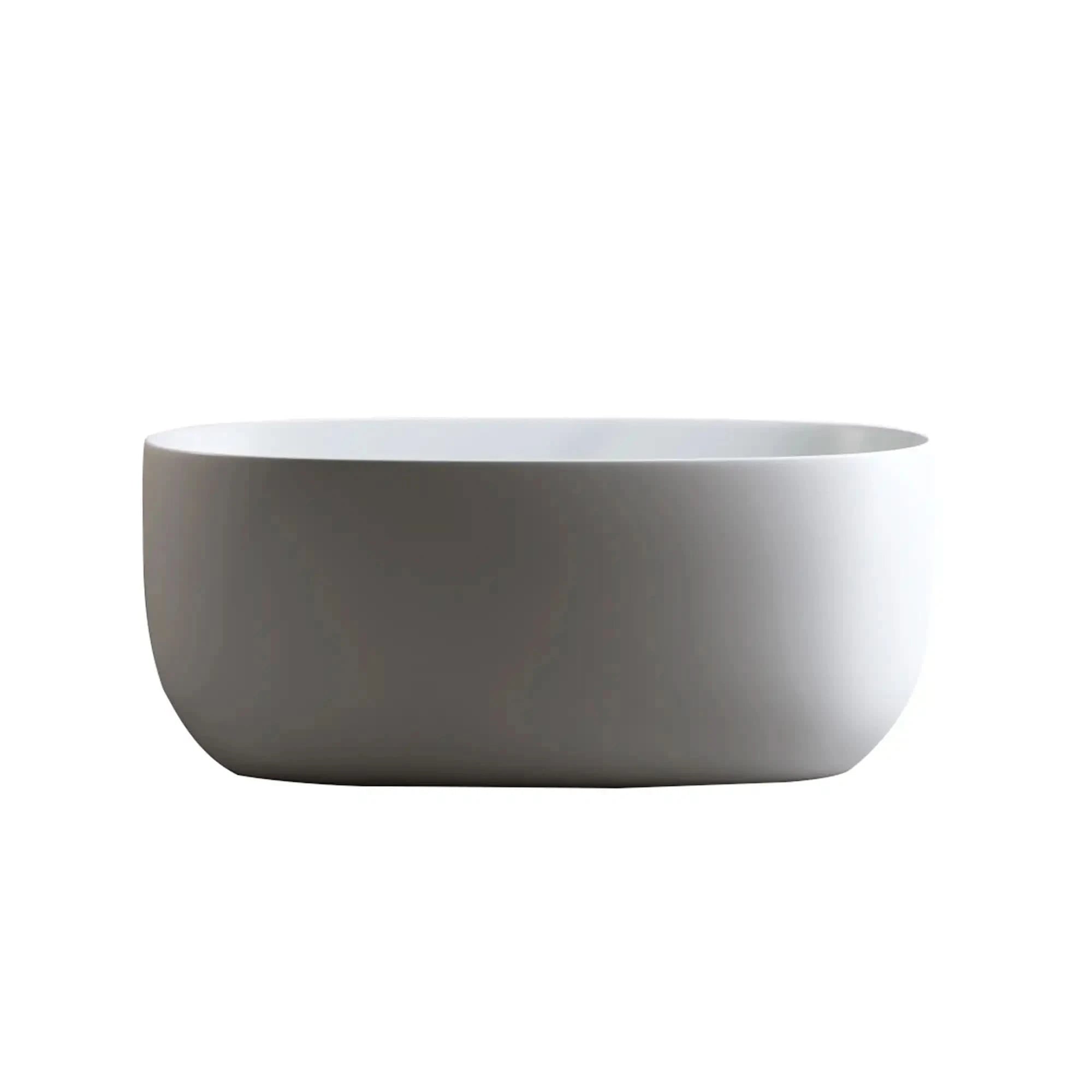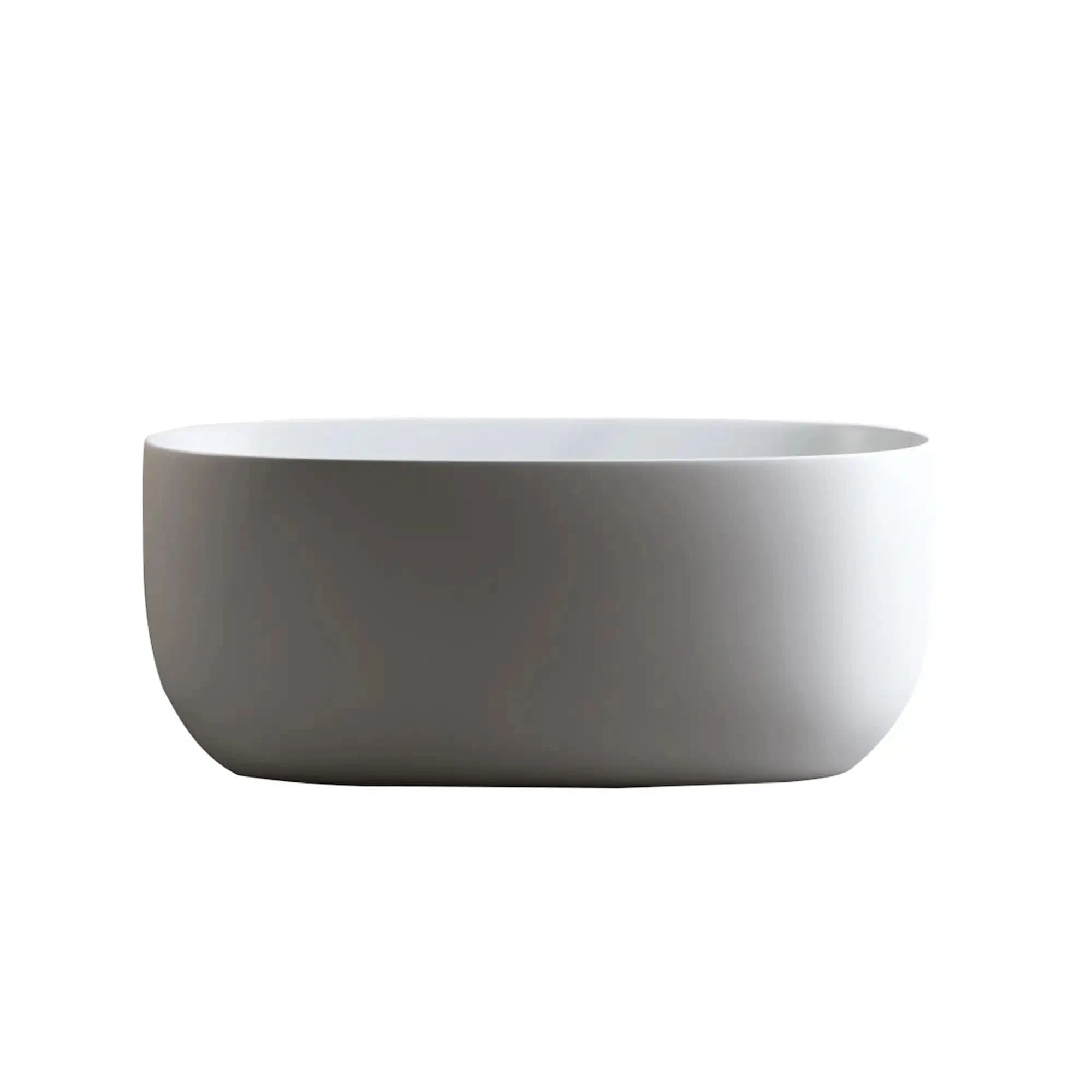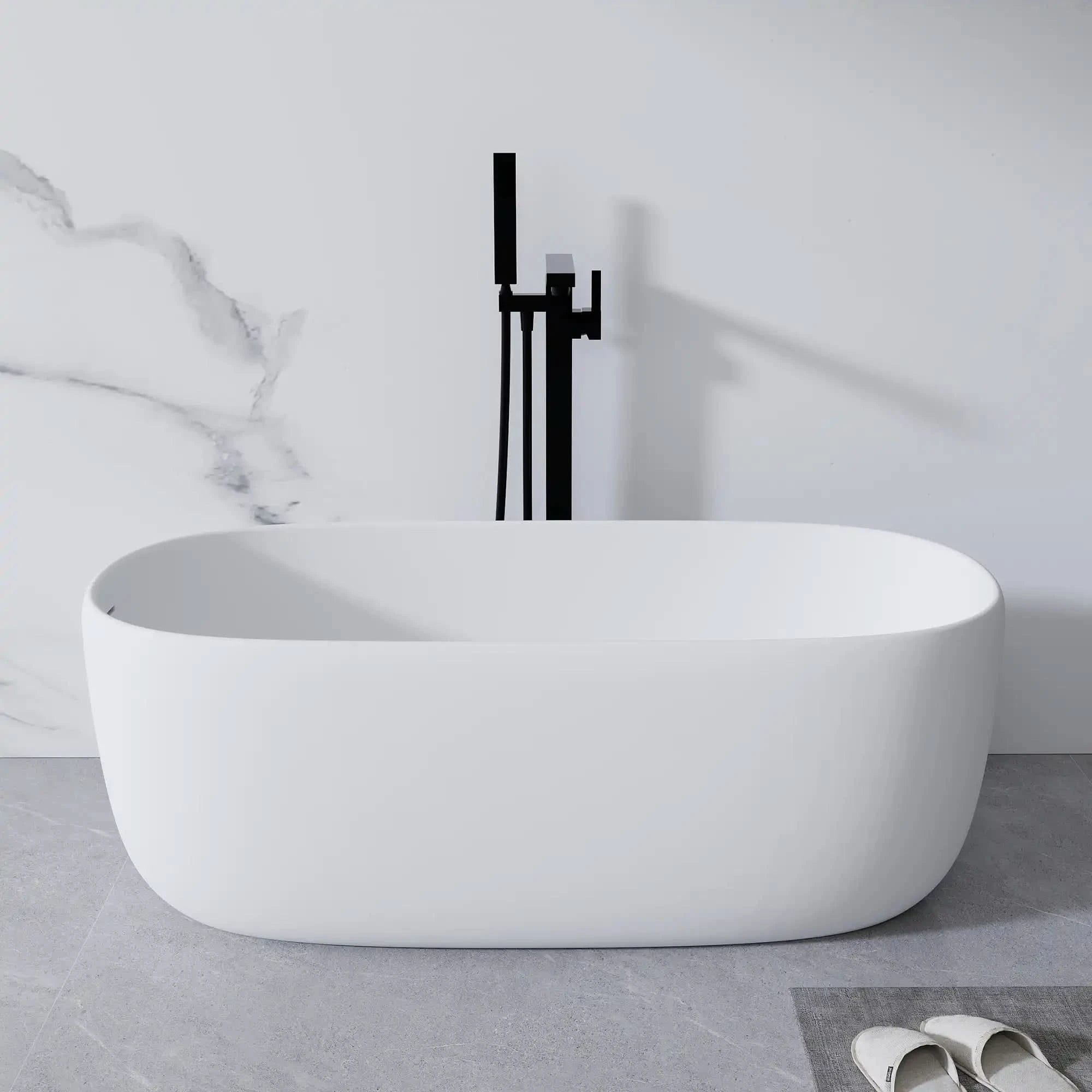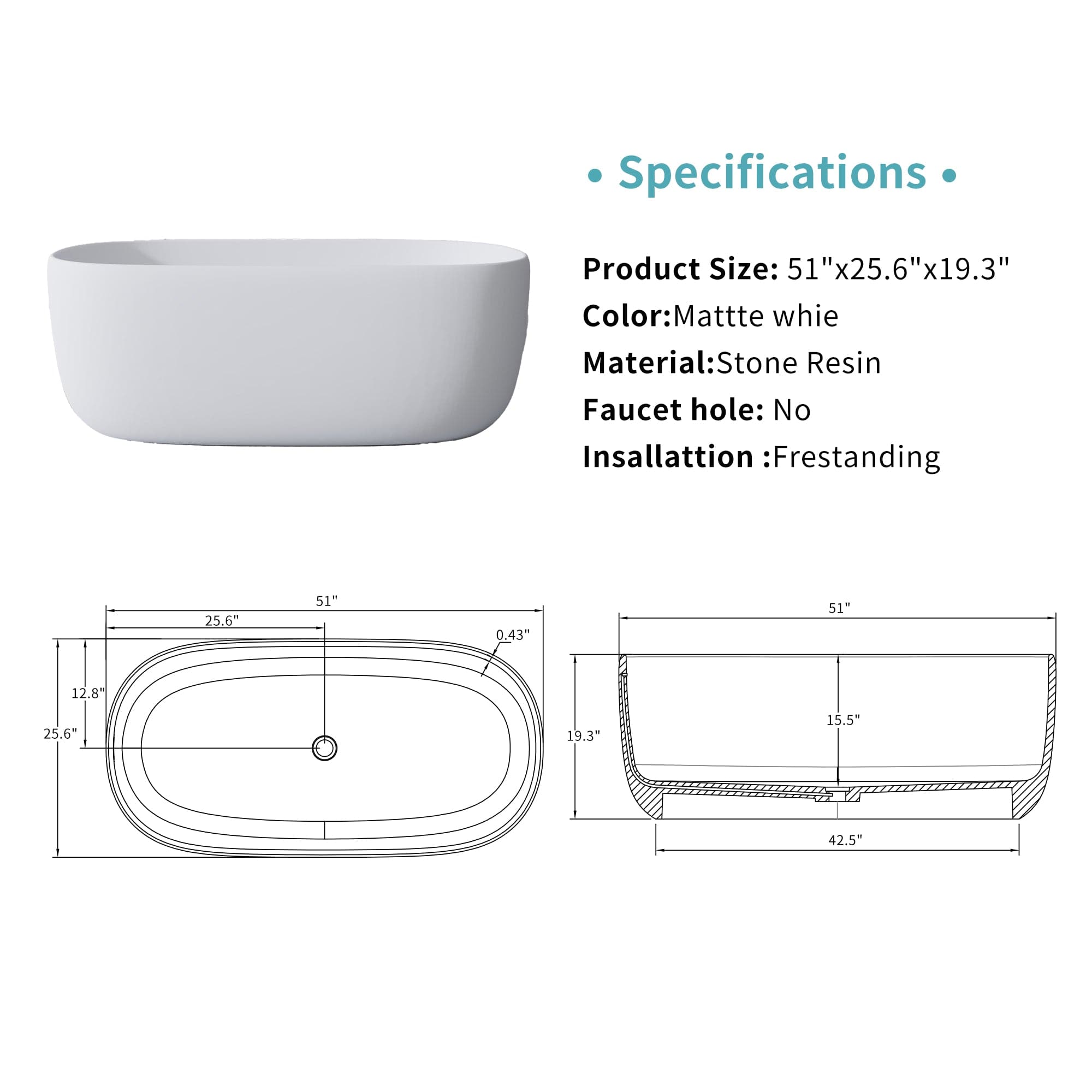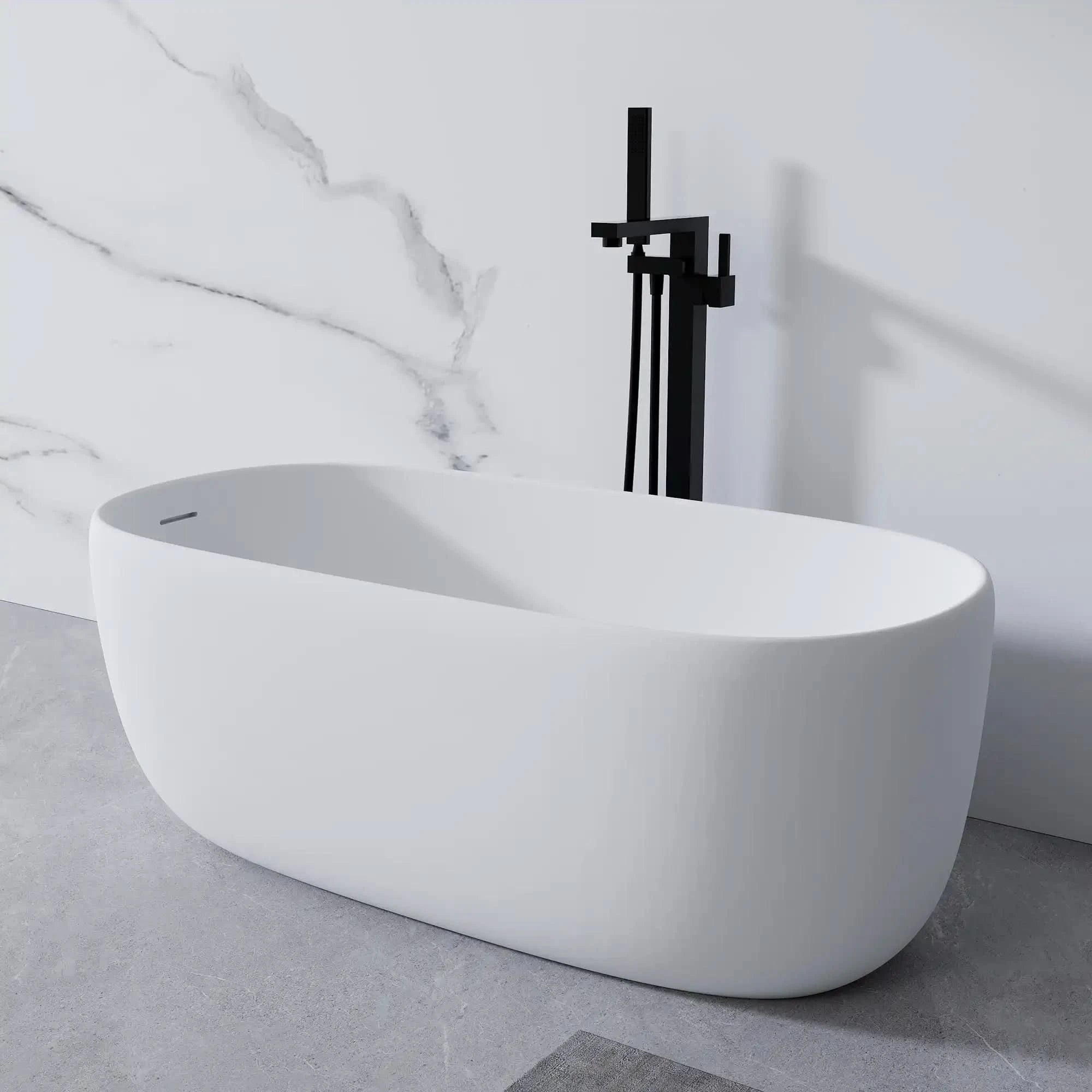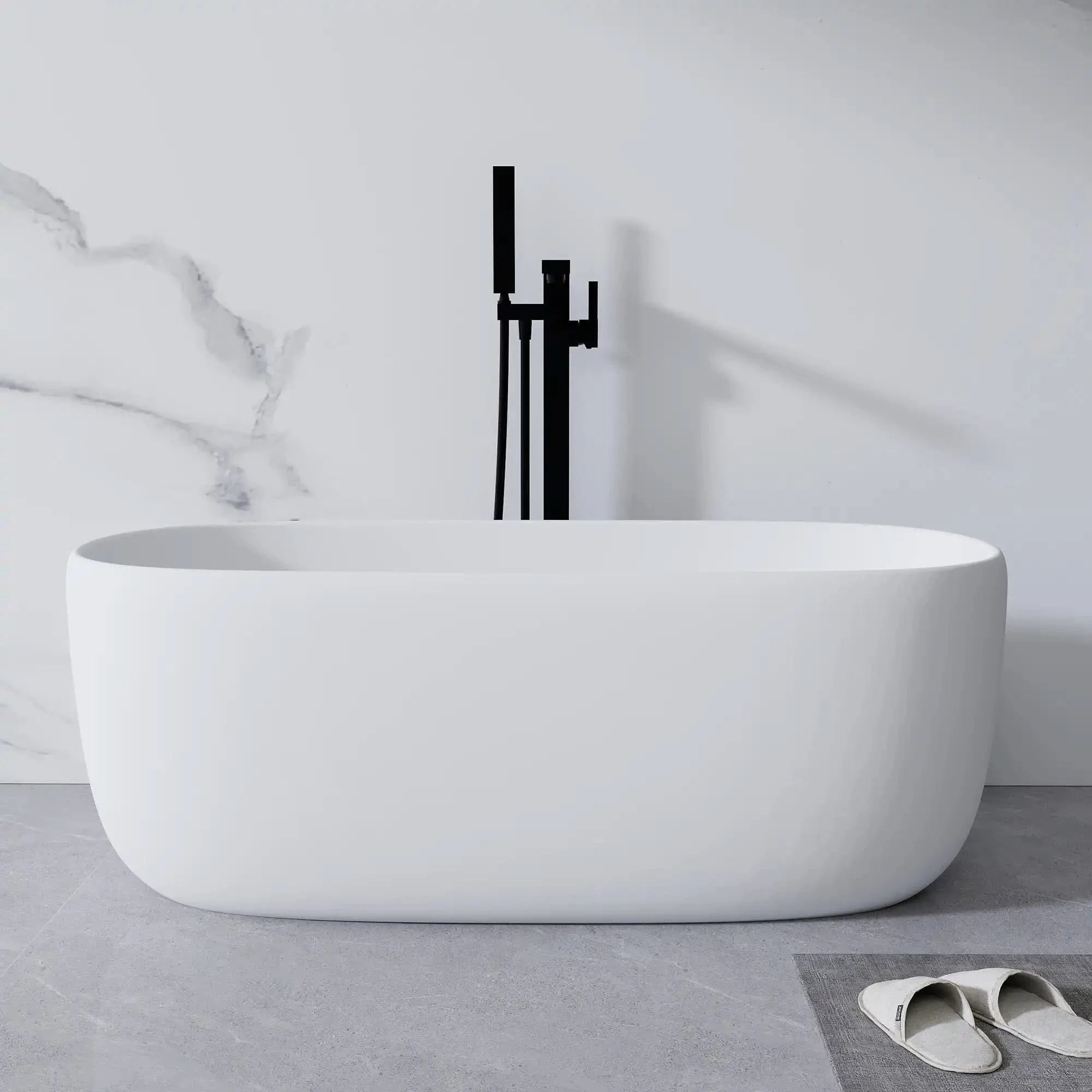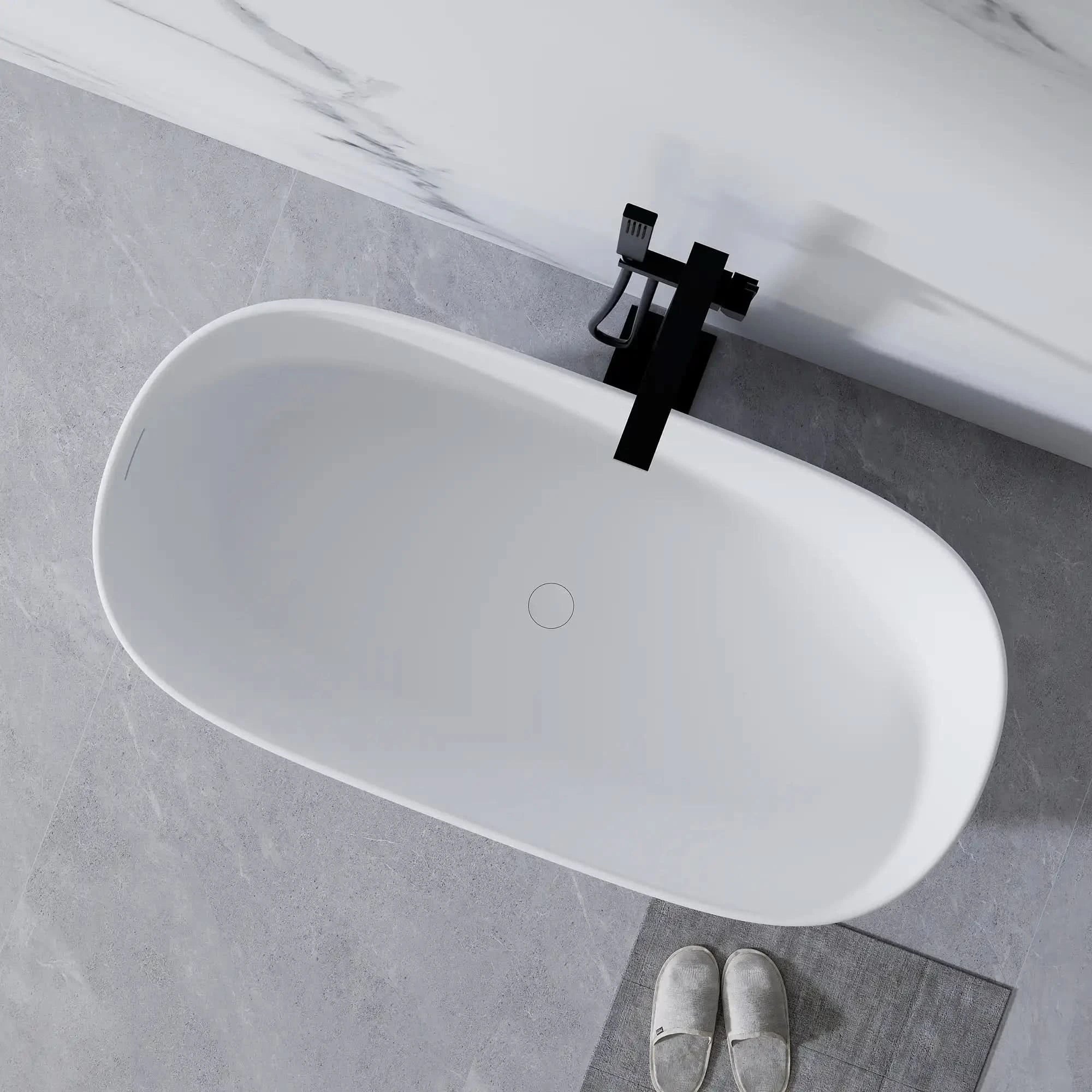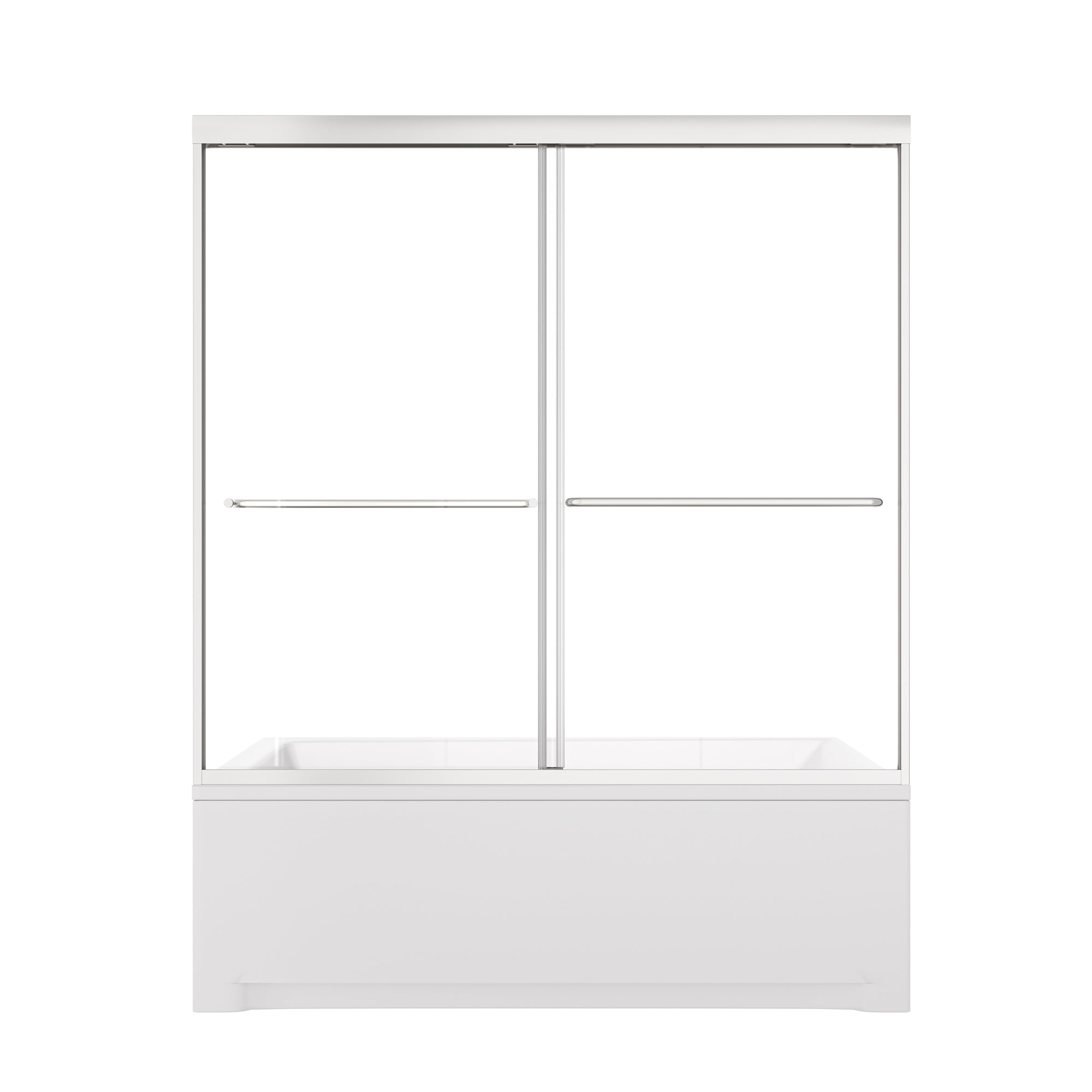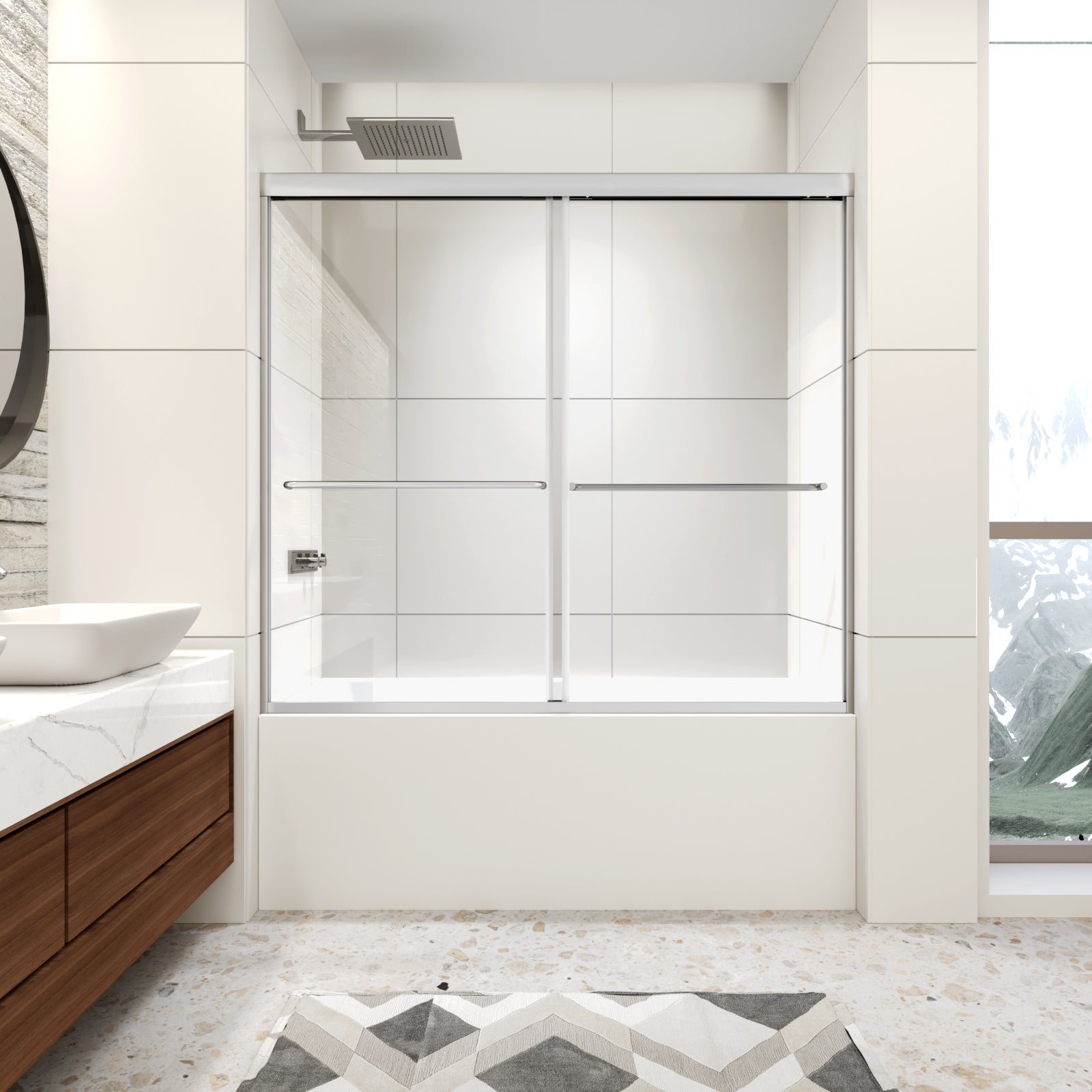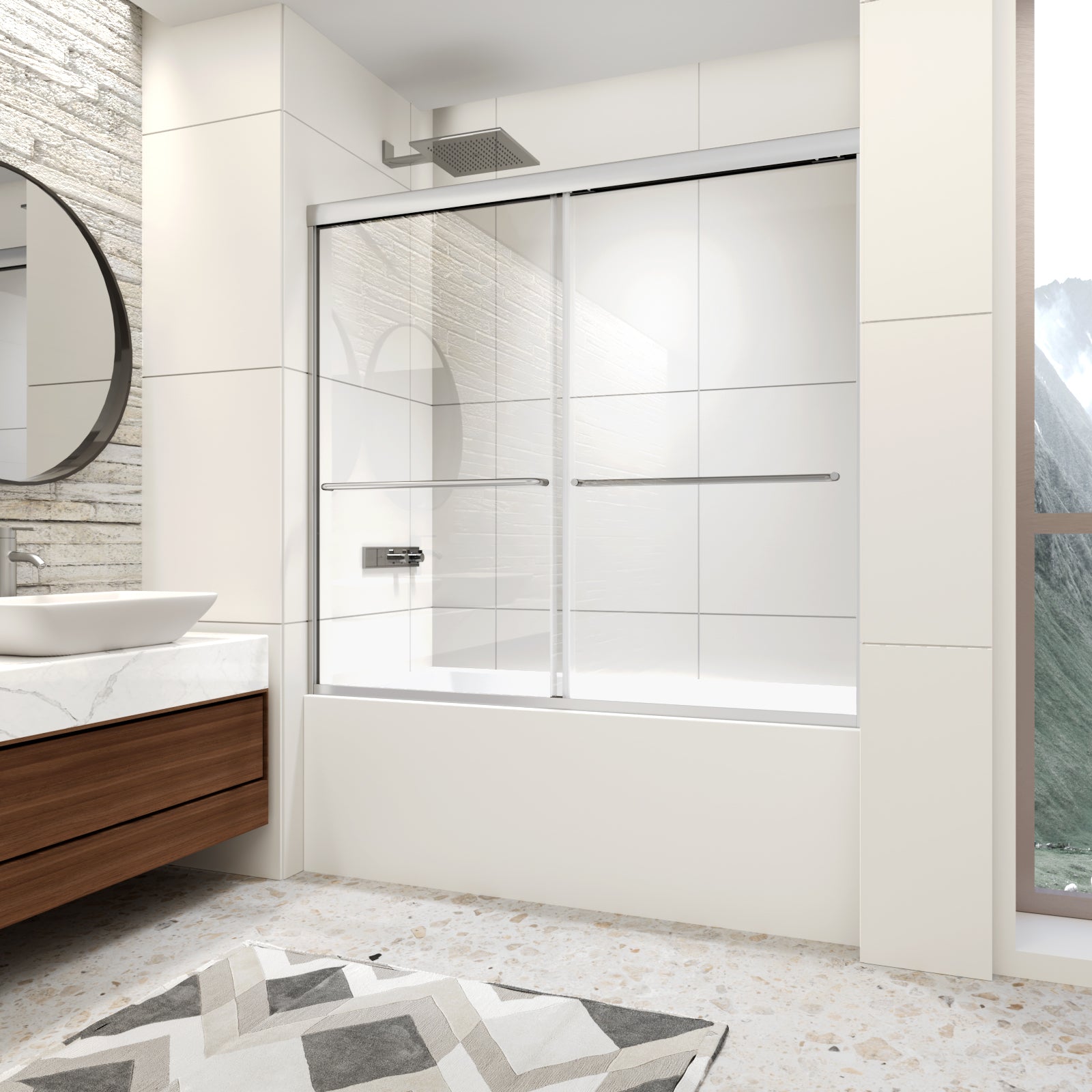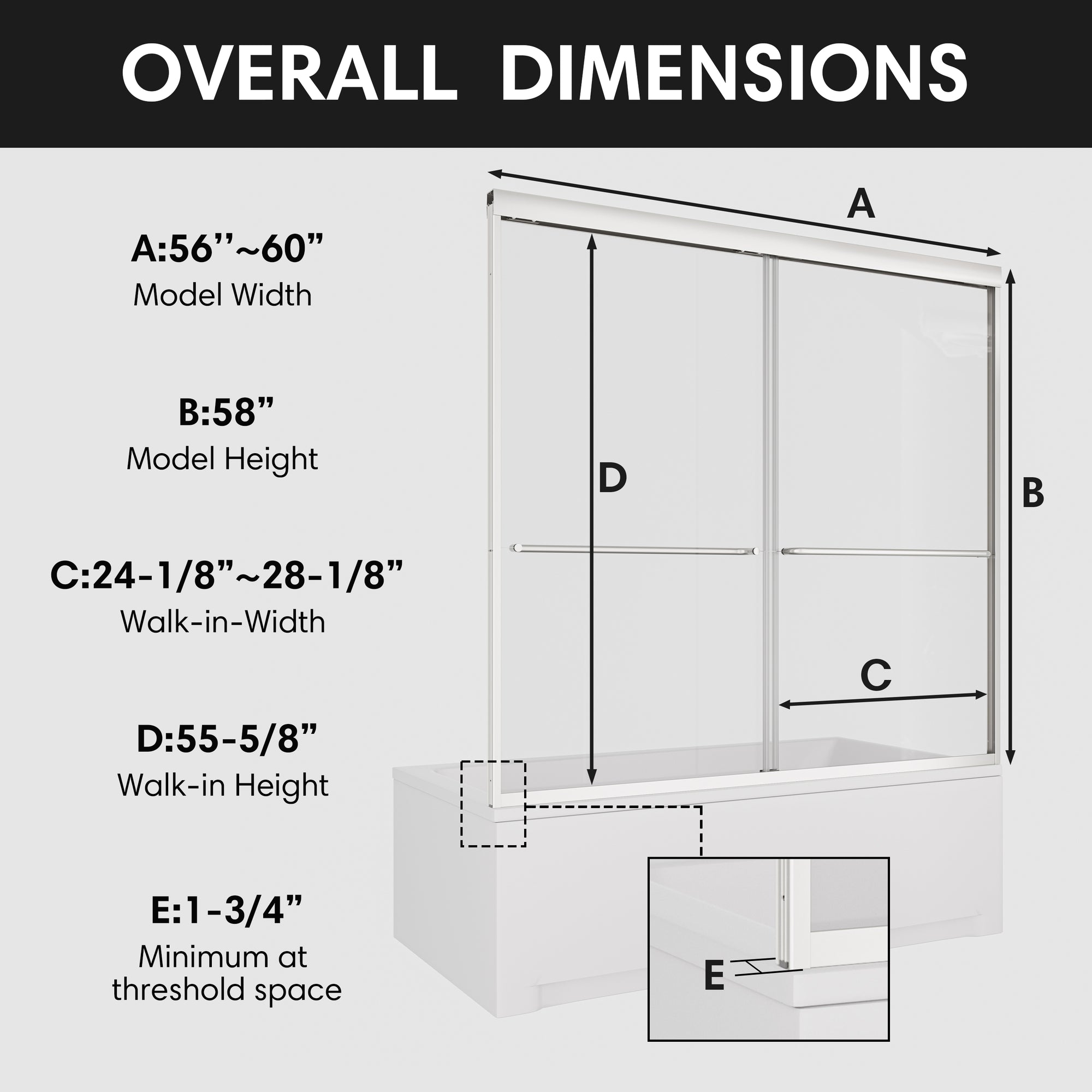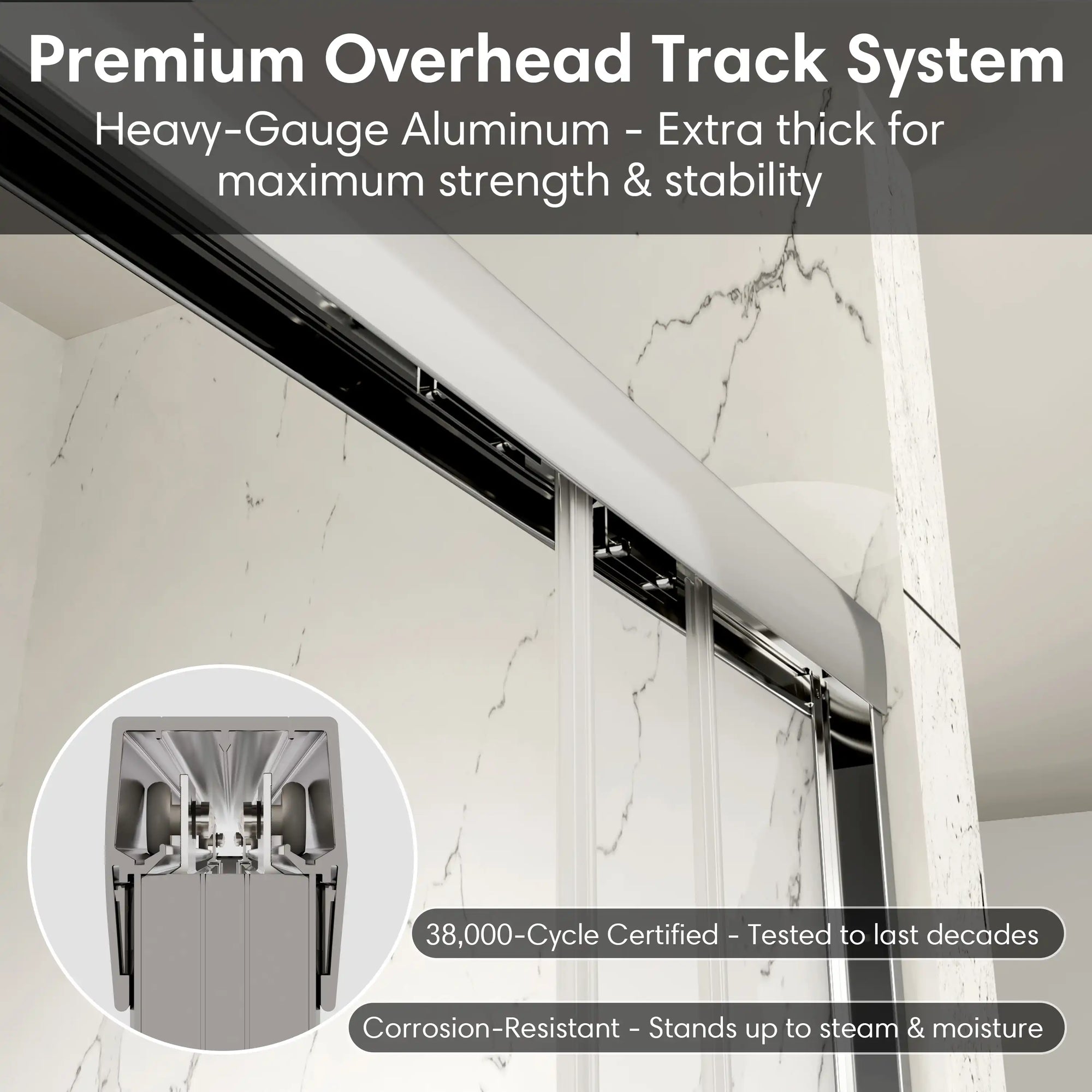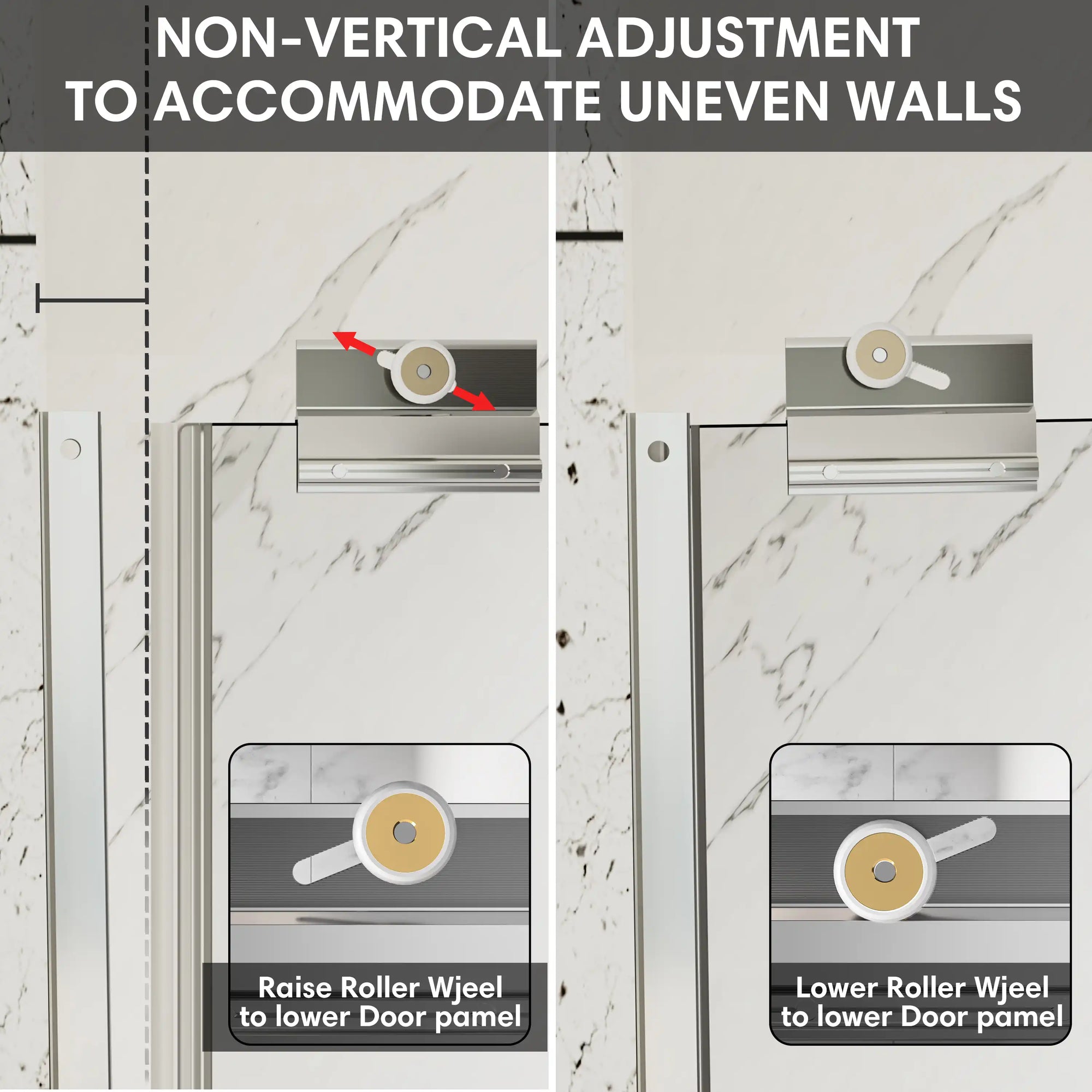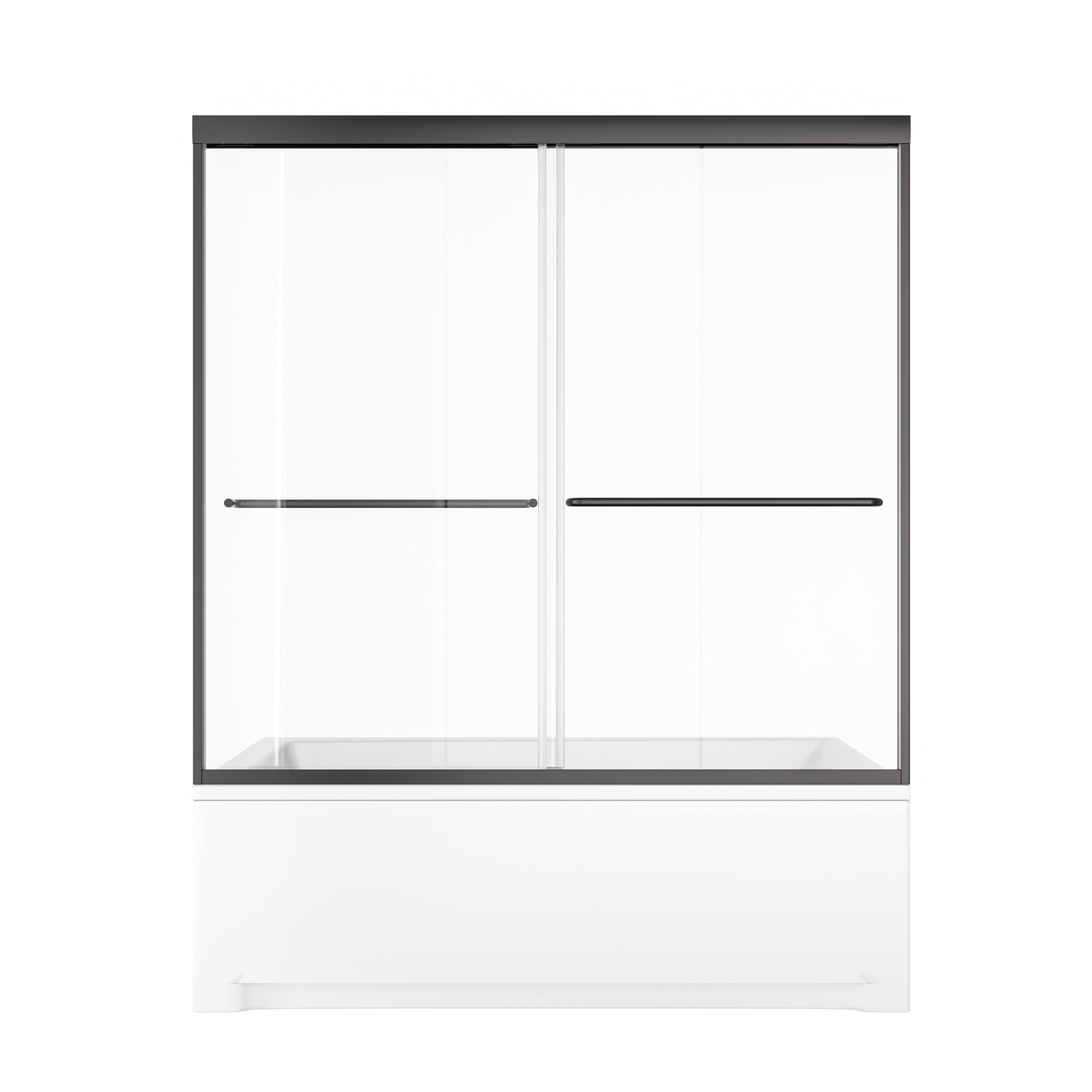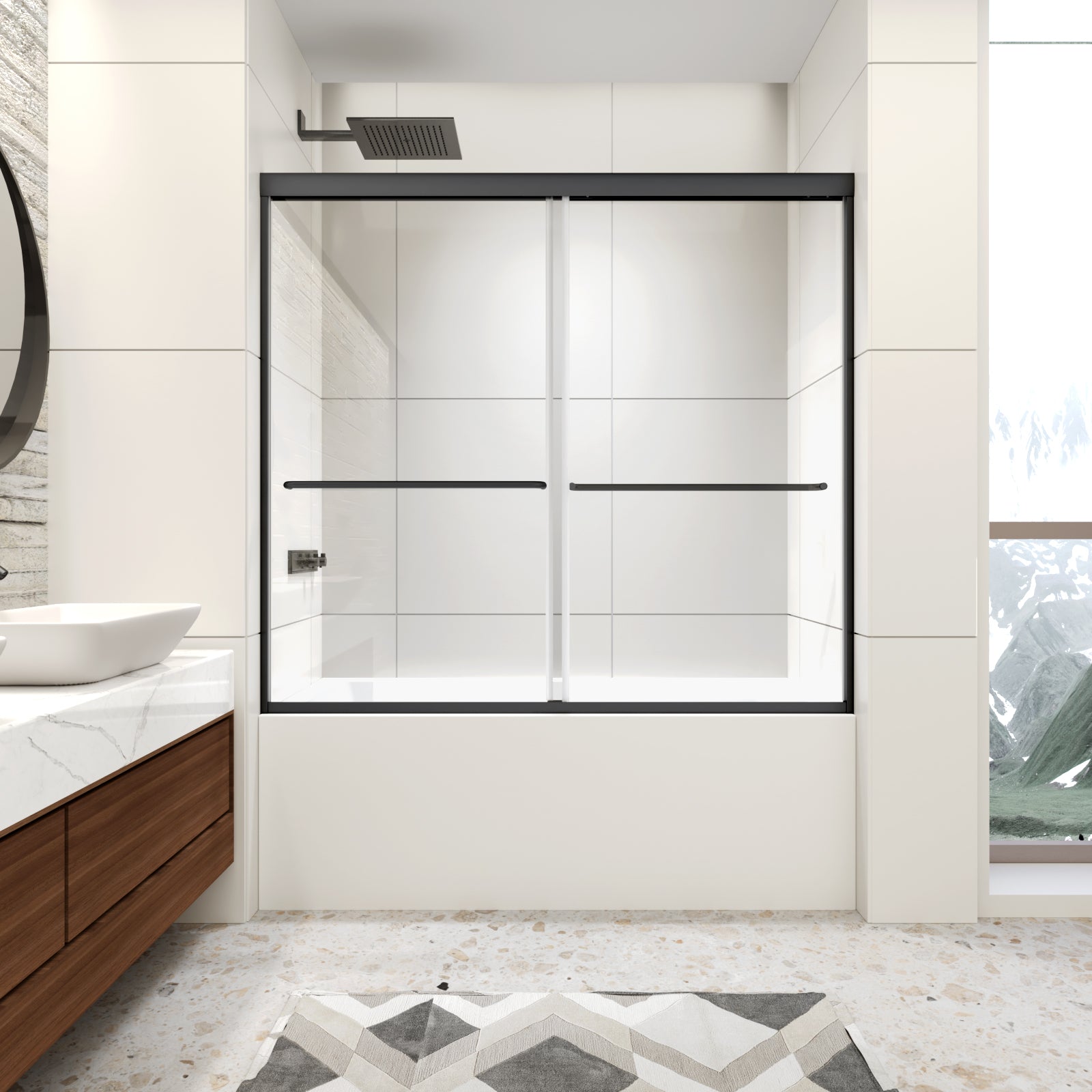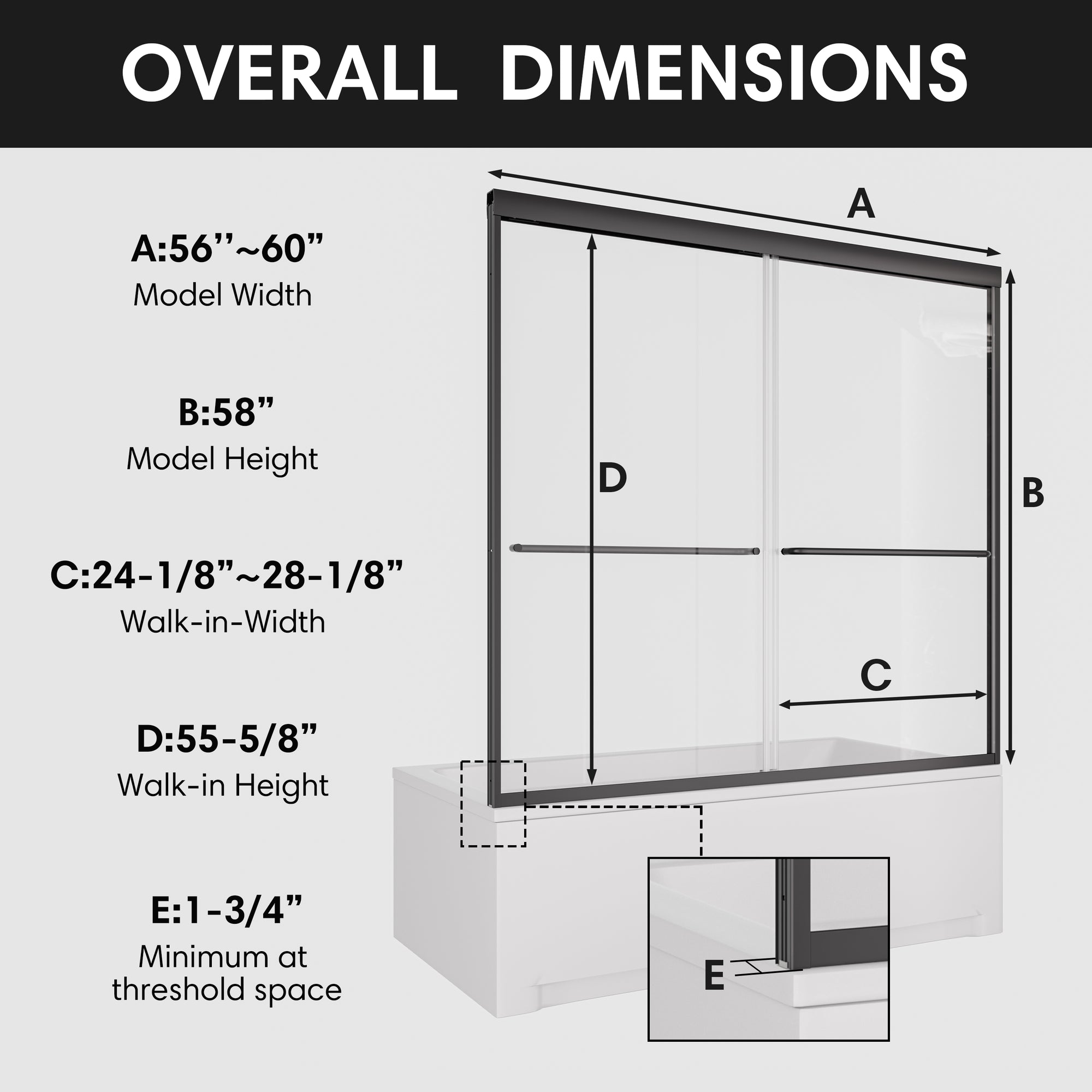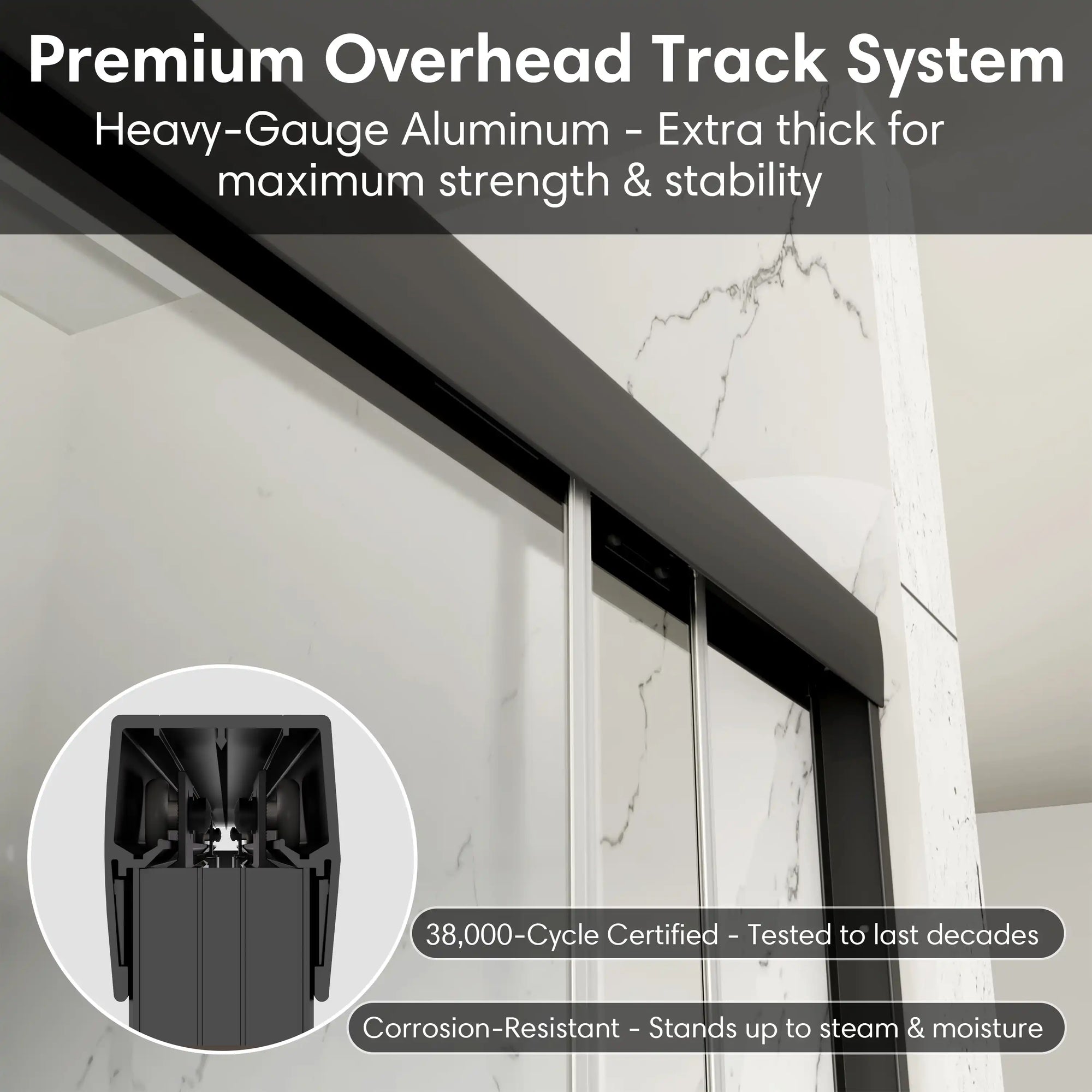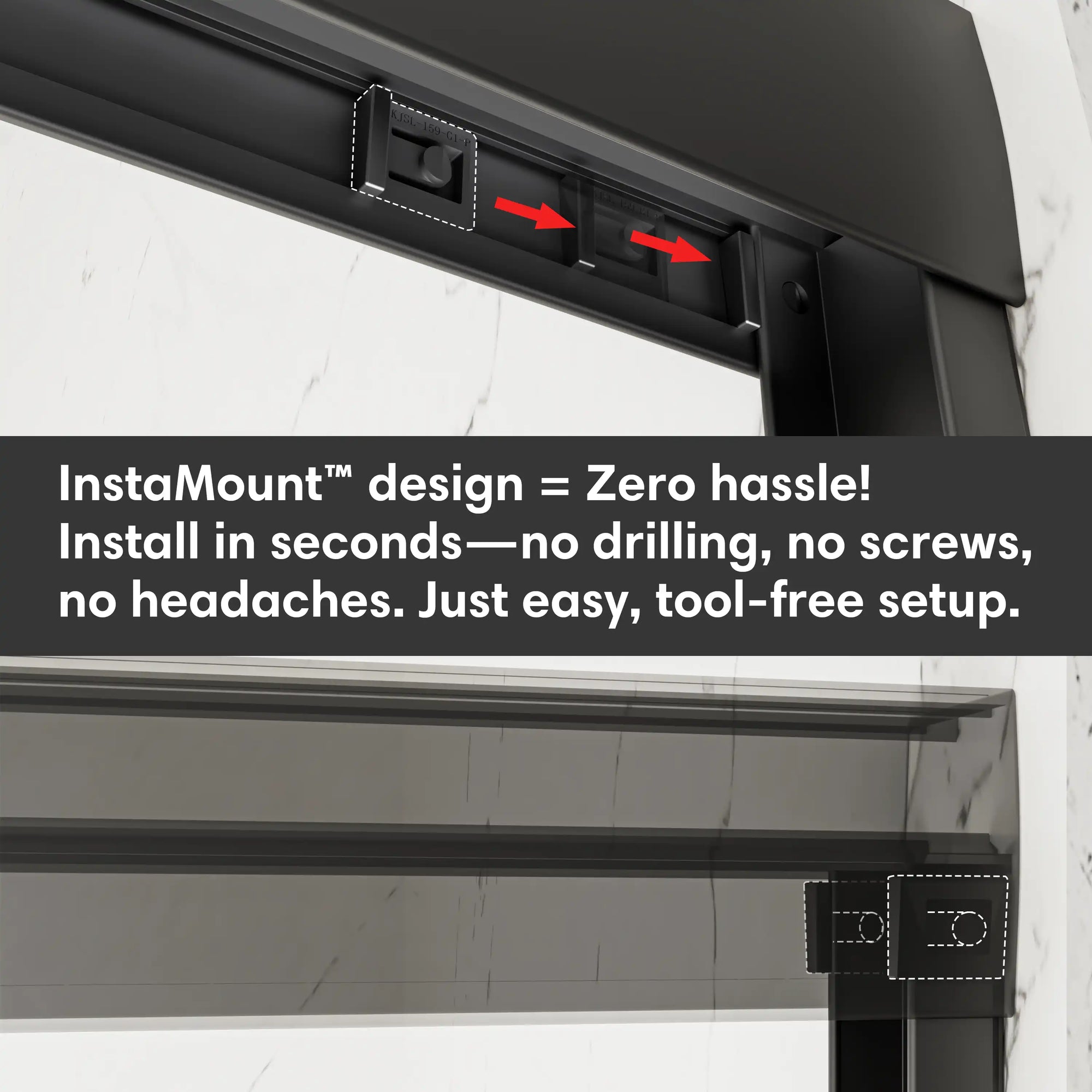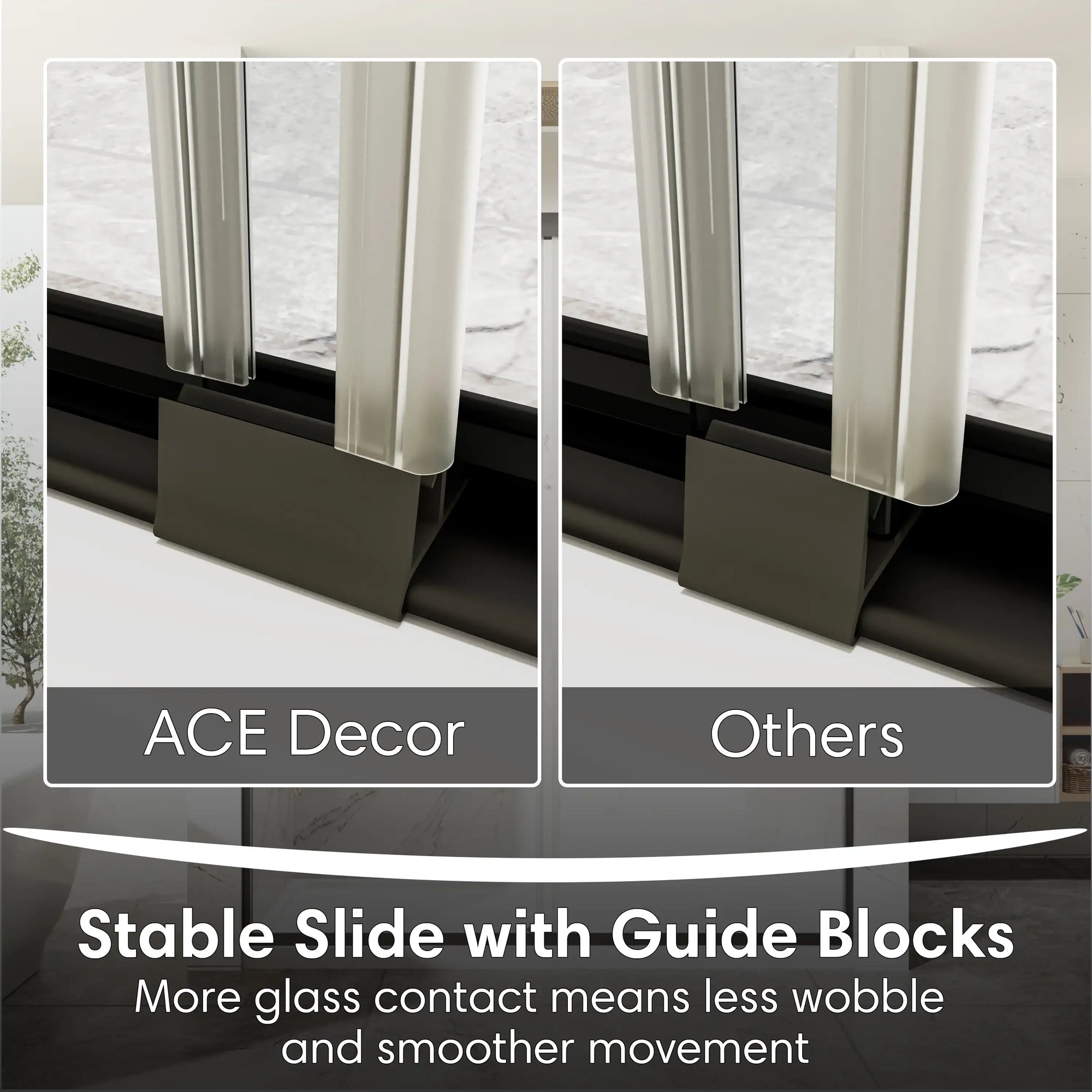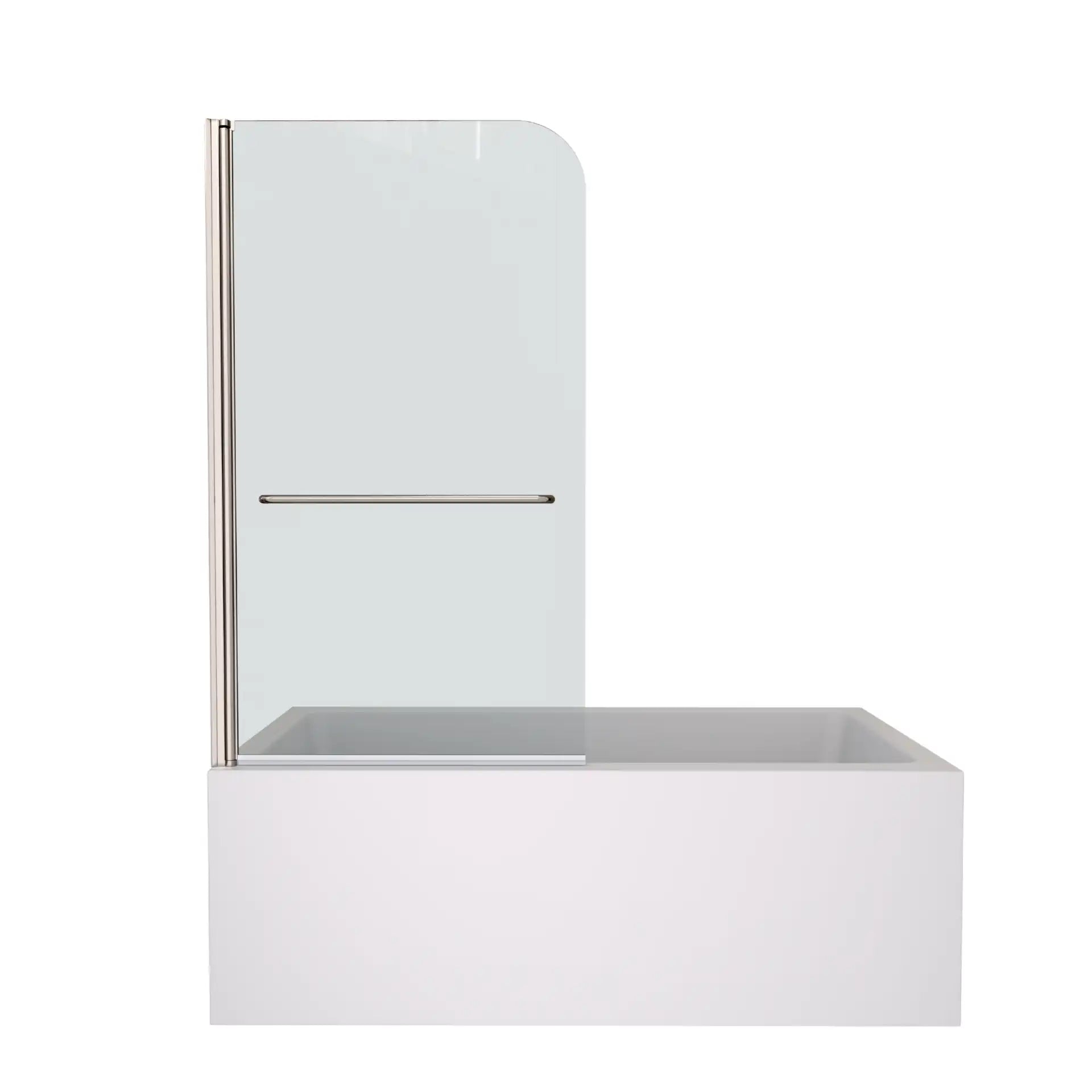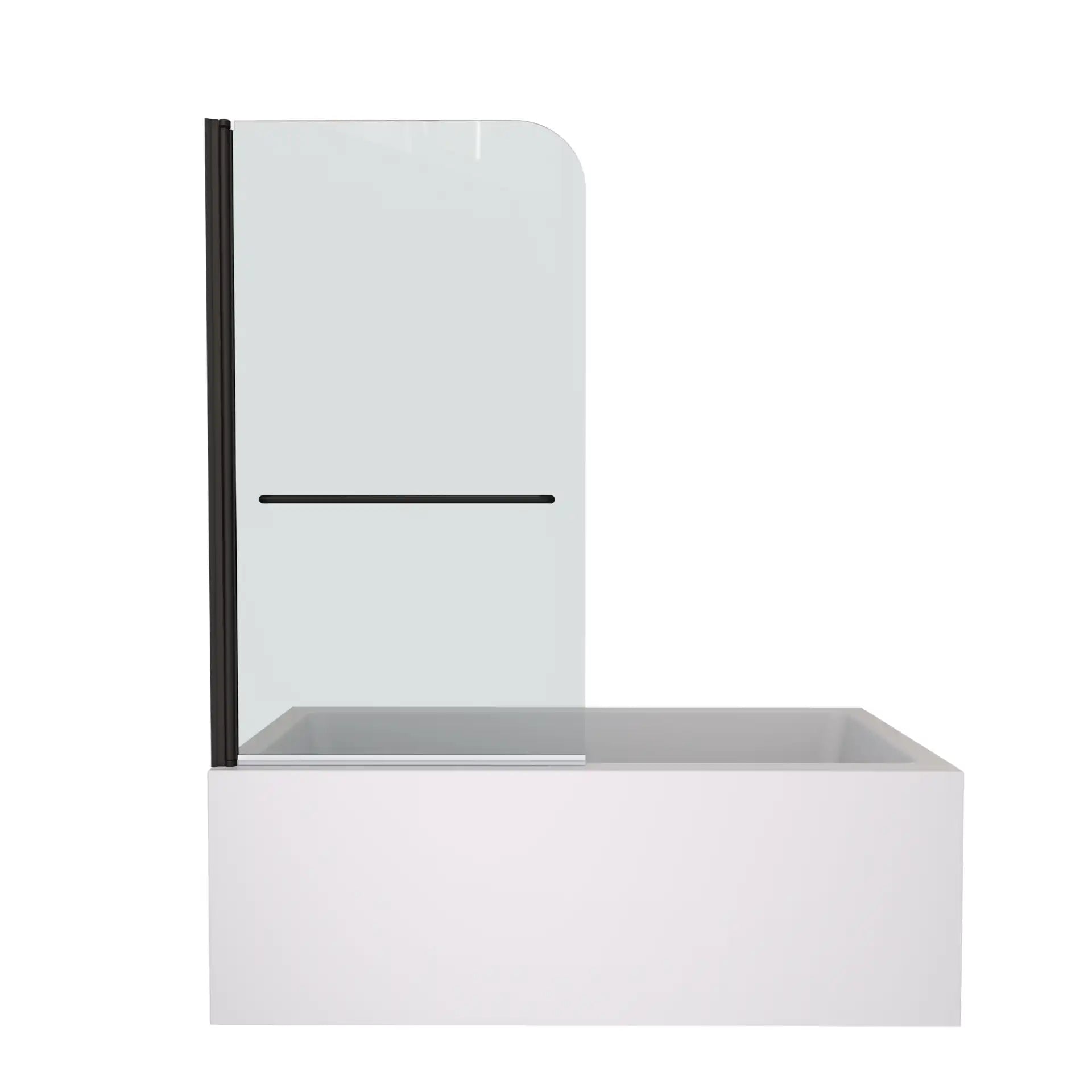Walk-in tubs are specialized bathing fixtures designed to improve safety, accessibility, and comfort for older adults. Unlike traditional bathtubs that require stepping over a tall rim, walk-in tubs feature a low-threshold door that users can simply walk through. When the door is closed, it seals watertight so the tub fills just as a regular tub would. As a result, this design has made walk in tubs for elderly users a popular component of aging-in-place renovations, especially for those with mobility issues, difficulty with balance, or chronic pain.
In the following sections, this guide explores the benefits and drawbacks of walk-in tubs, the situations in which they are most effective, and alternative bathing solutions that may better suit certain homes or budgets.
Benefits of Walk-In Tubs for Elderly Users

Easier Entry Through a Low-Threshold Door
One of the greatest advantages of walk in tubs for elderly homeowners is the significantly lower entry height. Traditional bathtubs often have a sidewall around 40–50 cm high, which can be difficult or risky for seniors with weakened joints or balance issues. With a walk-in tub, you can get rid of that step with a door that only requires crossing a few centimeters. This minimizes strain on the hips, knees, and lower back while greatly reducing the risk of slips or falls and can be life changing for seniors who are recovering from surgery or dealing with chronic conditions, as it allows them to get into a tub without needing to lift their legs high.
Built-In Seating for Supported Bathing
Walk-in tubs typically include a stable, contoured seat that allows users to bathe without sitting on the floor of the tub. This seated position provides additional comfort and prevents the need for lowering oneself into a deep tub, something many seniors struggle with as flexibility decreases. The built-in seating also improves bathing confidence, making it easier for older adults to maintain independence and reduce reliance on assistance.
Safety Features: Grab Bars and Anti-Slip Surfaces
As an extra measure for safe bathing, walk in tubs usually include grab bars that are positioned for ease of use. These bars help you sit down, stand up and get in and out of the tub. Typically, the floor and seating surfaces also use a rough, anti-slip finish that helps maintain traction even in wet. Because falls in the bathroom are a leading cause of injury among older adults, these protective measures offer meaningful peace of mind.
Hydrotherapy and Massage Jets for Relaxation
Many seniors turn to walk-in tubs for their therapeutic features. Hydrotherapy jets can help alleviate stiffness, promote circulation, and soothe muscle tension. Warm water immersion itself already offers beneficial relaxation effects, and massaging action enhances this. For elderly individuals dealing with arthritis, chronic pain, or mobility restrictions, these jets can provide daily relief and support overall well-being.
Smart Controls and User-Friendly Features
Most modern walk-in tubs come with an intuitive control panel that makes them easy to operate. They could include one-touch filling, temperature presets, auto-drain, and easy-to-grip knobs meant to help low hand-strength users.
Other Notable Advantages
Apart from the primary features, walk-in tubs boast a number of other benefits that we think are notable:
-
Deeper soaking depth for full-body immersion: Walk-in bathtubs typically accommodate a higher water level than a standard bathtub, which promotes comfort and helps create a spa-like environment.
-
Temperature stability systems: Many tubs include technology that keeps water at a consistent temperature to improve both safety and relaxation.
-
Support for aging in place: Installing a walk-in tub is increasingly aligned with residential aging trends. It represents a long-term investment that helps older adults maintain independence in their own homes rather than transitioning to assisted living environments.
Drawbacks of Walk-In Tubs

Higher Cost and More Complex Installation
While these tubs do boast several advantages, there are important downsides to walk-in tubs. The most obvious is price. On top of that, those tubs are way more expensive than a typical bathtub unit and most tubs require plumbing work, possibly electrical work, and structural enhancements. The complexity of fitting a door-sealed tub into an older bathroom layout can increase labor costs, making this option less accessible for homeowners with budget limitations.
Learning Curve for Older Adults
Although walk-in tubs are designed for simplicity, their numerous safety and comfort features can initially feel overwhelming. Seniors may need time to become comfortable with the controls, water settings, and door-locking mechanisms. For users who are less familiar with modern bathroom technology, this learning curve may present frustration or hesitation.
Waiting Time: Filling and Draining Issues
The largest functional limitation of walk-in tubs is the time spent waiting. Because the door must be fully closed before water begins to fill, users remain seated, often unclothed, while waiting for the tub to reach a usable level. After bathing, they must wait again for the tub to drain completely before opening the door. In cold environments or bathrooms without supplemental heating, this can lead to discomfort and even increase the risk of catching a chill. Even though some walk-in tubs nowadays have systems that rapidly fill or quickly drain, waiting cannot be completely eliminated.
Other Potential Downsides
Additional concerns include:
-
Weight and floor reinforcement needs: Walk-in tubs are heavier than standard models, especially when filled with water. Some of the bathrooms might require adding structure support.
-
Door seal maintenance: The gasket of the watertight door must be in good condition. Over time, seals may wear out and need replacement to avoid leaks.
-
High water demand: These tubs are deeper, hence they consume lot of hot water. For homes with a smaller water heater, one bath may empty out the tank.
These factors should be part of any practical evaluation before investing in walk in tubs for elderly users.
Alternative Bathing Solutions for Seniors (Optimized & Expanded)

Walk-in tubs are not the only option for safer and more comfortable bathing. Depending on mobility level, bathroom size, budget, and personal preference, several alternative solutions may provide equal or even superior usability for seniors. Below are some effective approaches that balance safety, practicality, and long-term aging-in-place needs.
Walk-In Shower with Bench
Walk-in or curbless showers remain one of the most popular senior-friendly solutions due to their nearly barrier-free entry. By eliminating the typical shower curb, users can step or roll in with mobility aids without lifting their legs. This greatly reduces fall risk and makes the shower accessible for individuals with limited strength, joint pain, or balance challenges.
In addition, a bench provides extra support and comfort, particularly when a senior must sit in the shower. Combined with a handheld showerhead, the solution allows for total control over the direction of the water flow and minimizes movement while washing. Slip-resistant tiles, linear drains, bright task lighting, and thoughtfully positioned grab bars create a highly functional and supportive bathing space.
Low-Edge Bathtubs for Easier Entry
For seniors who still enjoy soaking baths, low-edge tubs provide a middle-ground solution. They feature a lower rim, making it easier to step in compared to traditional tubs while still offering the comfort of full-body immersion.
Apart from grab bars and non-slip treatments, homeowners can even consider a bathroom tub transfer bench, a mobility aid that can be used to traverse the space between a bathroom floor and a tub edge. When combined with a tub-and-shower combo faucet, low-edge tubs can provide both bathing and showering options while remaining cost-efficient compared to full walk-in tub systems.
ADA-Guided Bathroom Modifications
Guidelines inspired by ADA (Americans with Disabilities Act) recommendations offer proven safety improvements and are widely used in residential aging-in-place projects. Key enhancements include:
| Feature | ADA-Inspired Recommendation | Benefit for Seniors |
|---|---|---|
| Grab Bars | Install at 33–36 inches from floor; place near tub/shower entry, sidewalls, and toilet | Provides stable support during transfers and reduces fall risk |
| Clear Floor Space | Minimum of 30×48 inches of unobstructed area | Allows easier movement, including support for walkers or wheelchairs |
| Slip-Resistant Flooring | Use materials with strong traction in both wet and dry conditions | Decreases likelihood of slipping, improving overall safety |
| Lever-Style Faucet Handles | Use single-lever or easy-turn handles requiring minimal grip | Enhances accessibility for users with reduced hand strength or arthritis |
| Pressure-Balanced or Thermostatic Valves | Maintain steady water temperature and prevent sudden spikes | Reduces risk of scalding and increases bathing comfort |
| Handheld Showerhead on Slide Bar | Adjustable height and flexible reach for seated or standing use | Improves usability and reduces effort during showering |
| Improved Lighting | Use layered lighting and high-contrast design | Helps older adults with declining vision navigate safely |
| Wider Shower Entrances | Provide wider doorways or curbless entry where possible | Eases access and reduces tripping hazards |
These tweaks can make a huge difference in safety without large-scale construction and are frequently the least expensive route for a safer bath. They also fit in well with a number of bathing styles, meaning they can work in a smaller bathroom or in a home where a walk-in tub may be difficult to install due to the age of the plumbing.
Conclusion
Walk in tubs for elderly users offer meaningful benefits, from safer entry and stable seating to therapeutic relaxation features. However, they also come with notable drawbacks such as high cost, longer bathing preparation times, and installation complexities. Homeowners should weigh these pros and cons carefully and consider whether a walk-in shower, low-edge bathtub, or broader accessibility modifications may better suit their needs.
Creating a safe, comfortable, and supportive bathing environment is essential for aging in place. The best choice ultimately depends on mobility levels, budget, bathroom layout, and personal bathing preferences.
Q1. Are walk-in tubs safe for seniors with limited mobility?
Q2. How long does it take to fill and drain a walk-in tub?
Q3. Do walk-in tubs require special plumbing?
Q4. Are walk-in showers safer than walk-in tubs?
Q5. What features should I prioritize for senior-friendly bathrooms?
Best Walk-In Bathtubs: Features, Types, Pros & Cons for Modern Bathrooms
How Much Does It Cost to Remove a Bathtub and Install a Walk-in Shower Tub?
How Do You Clean Bathtub Jets and Keep Your Jacuzzi Sparkling Clean?


